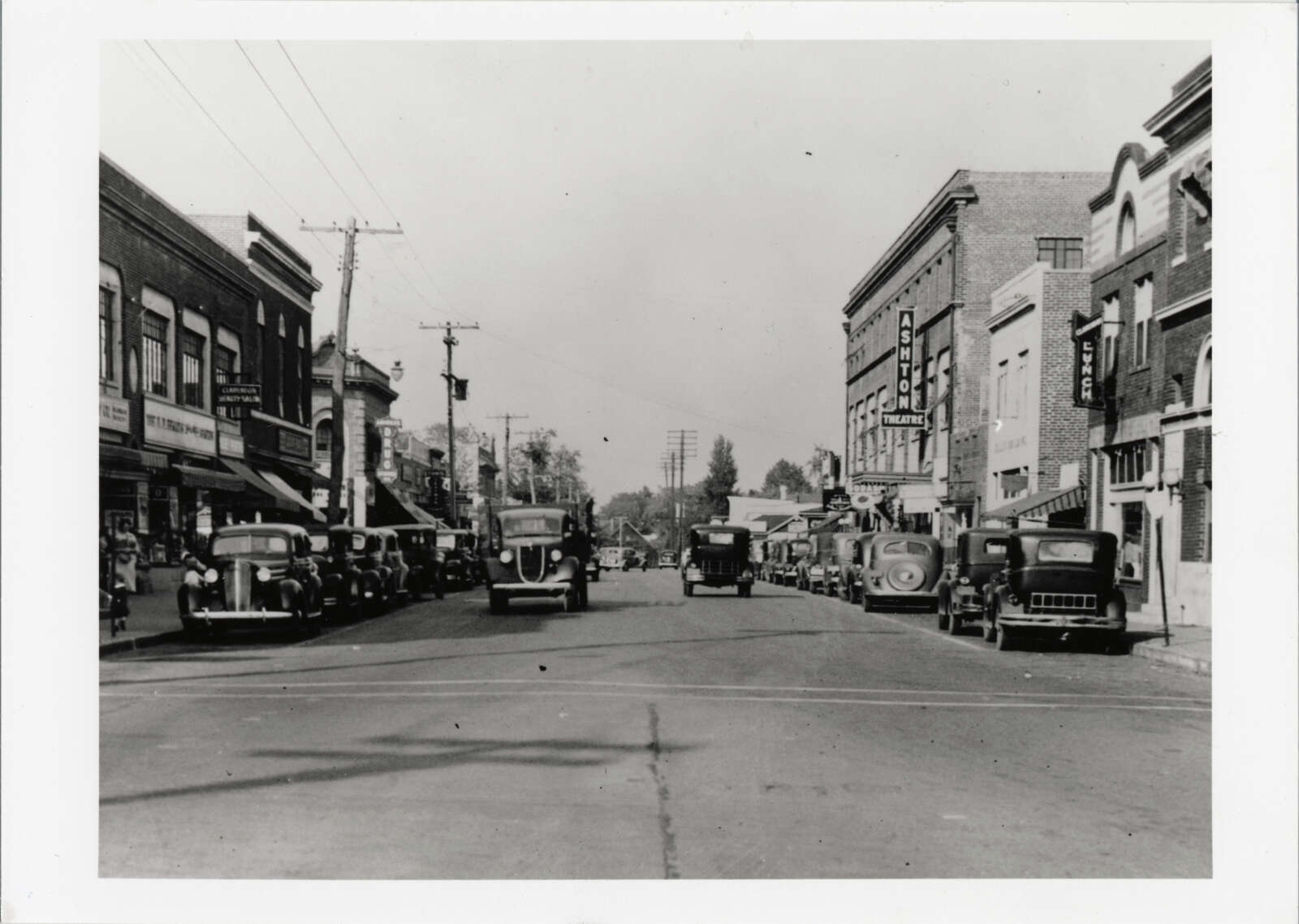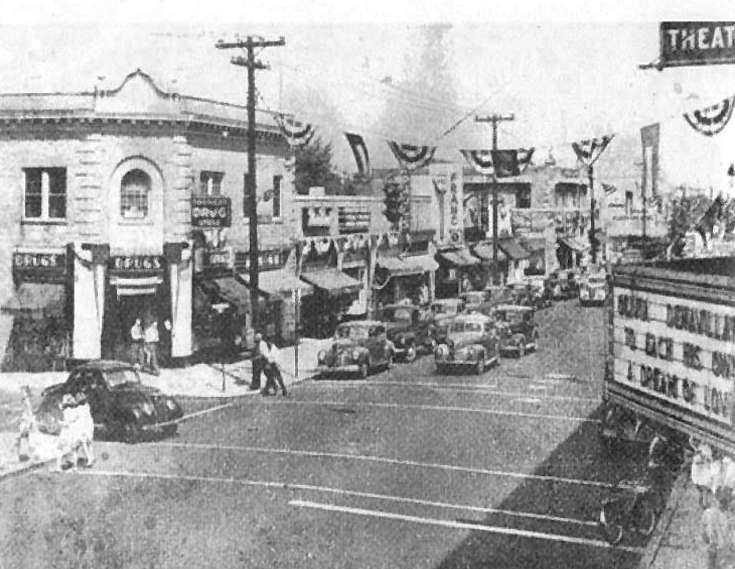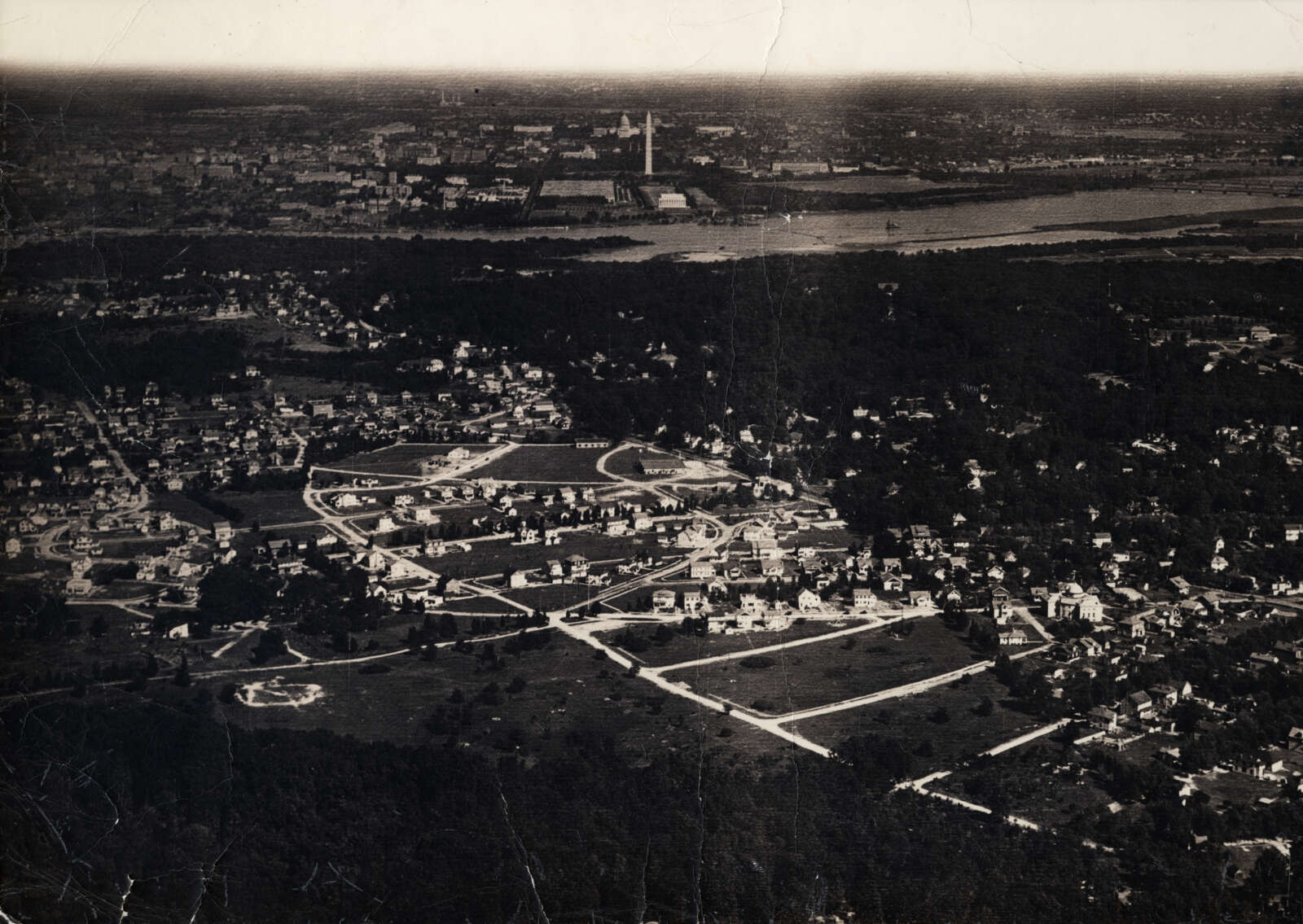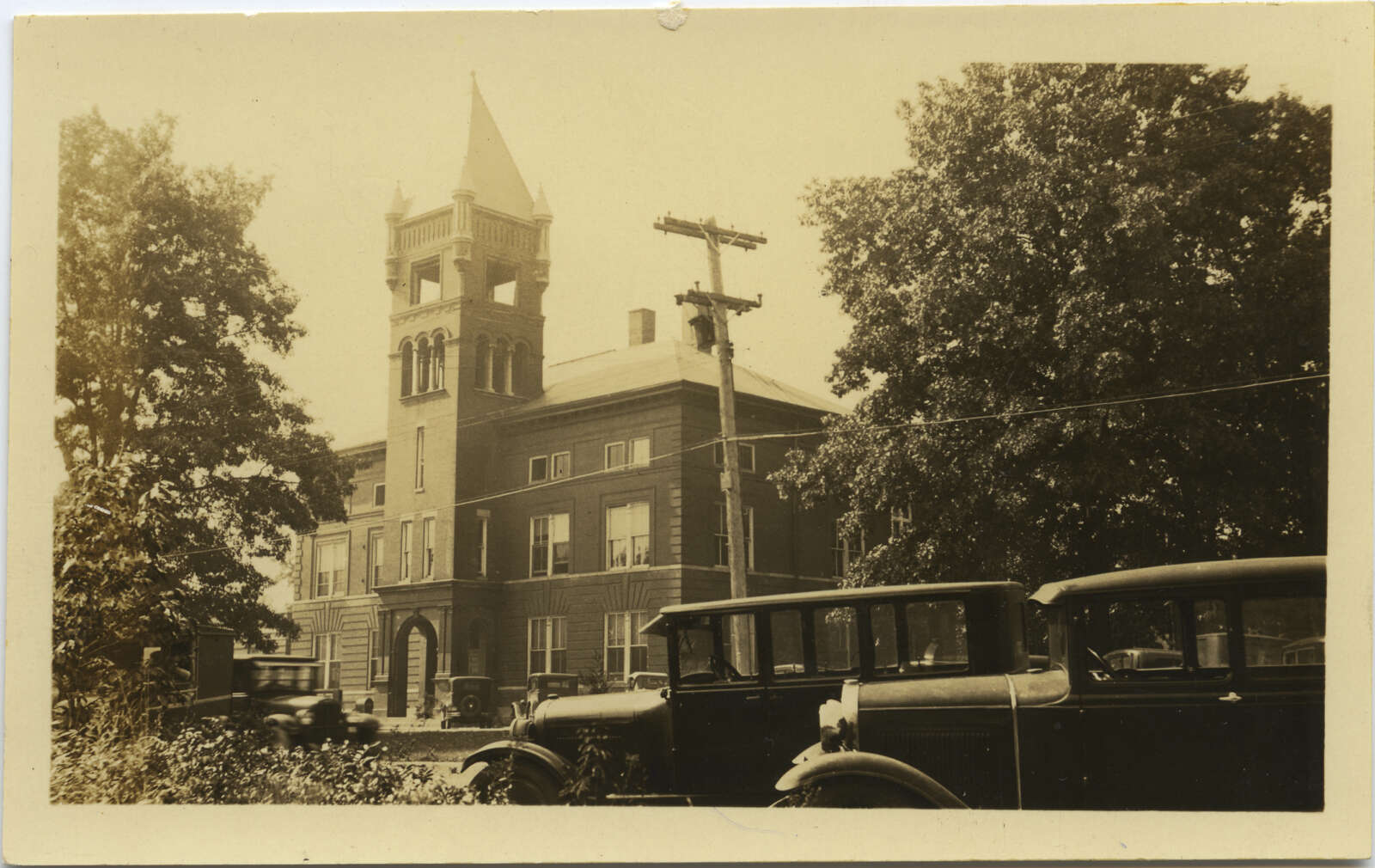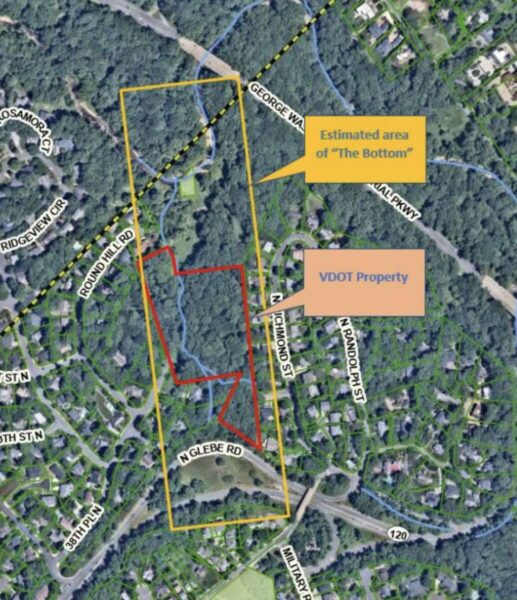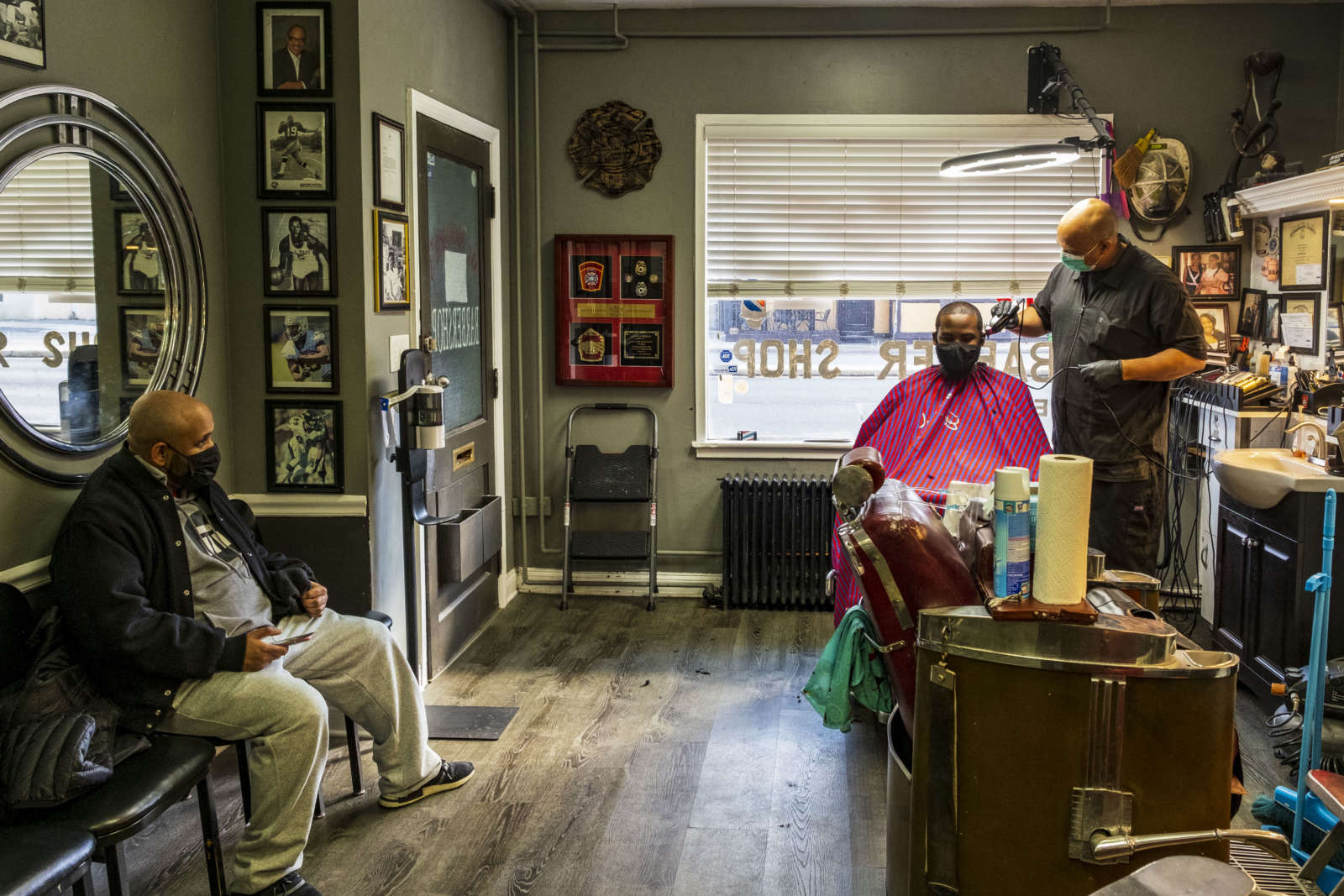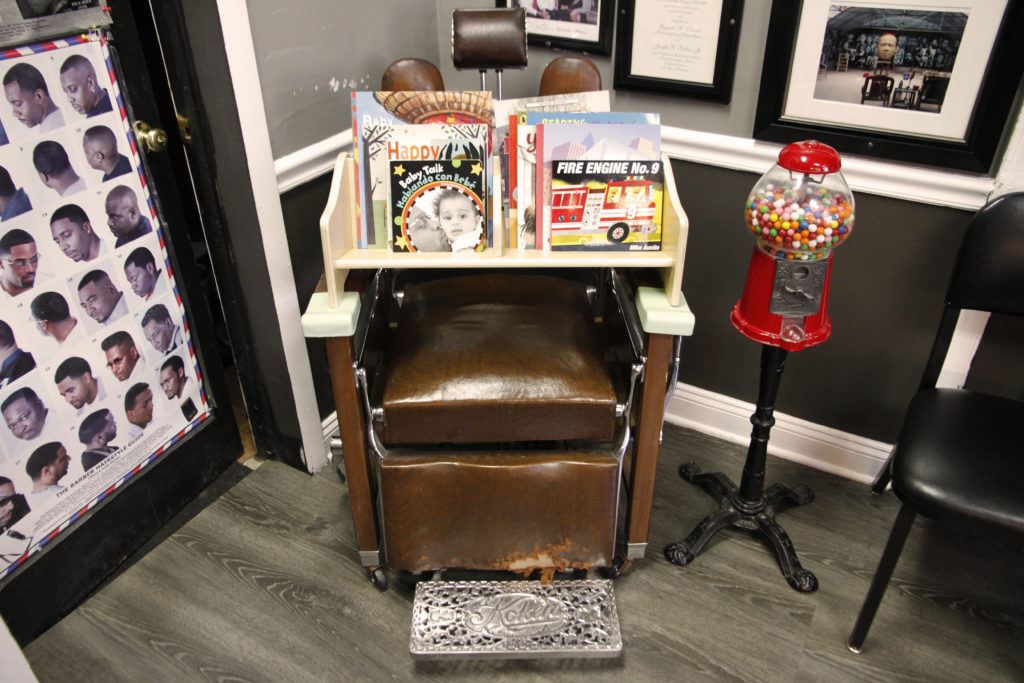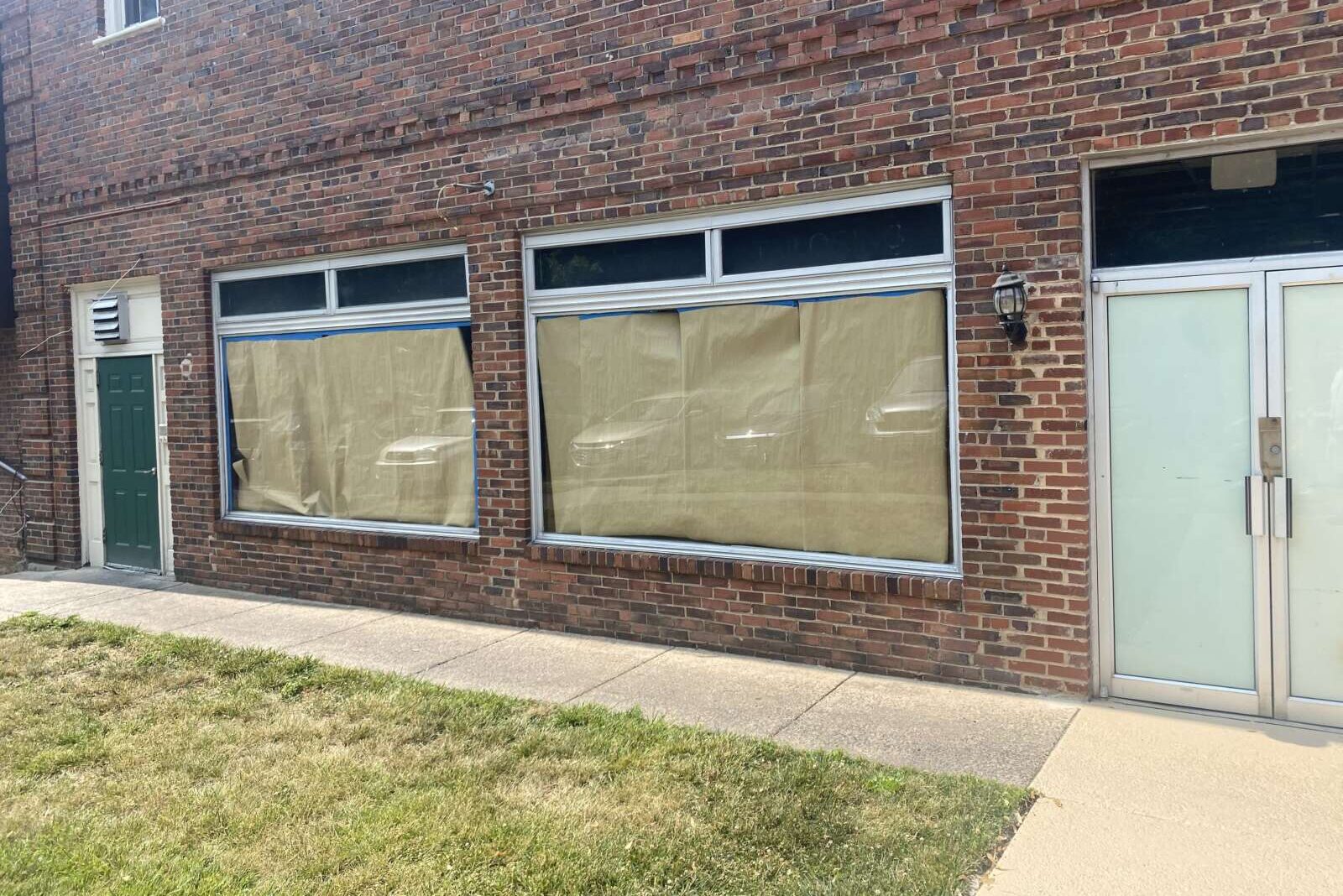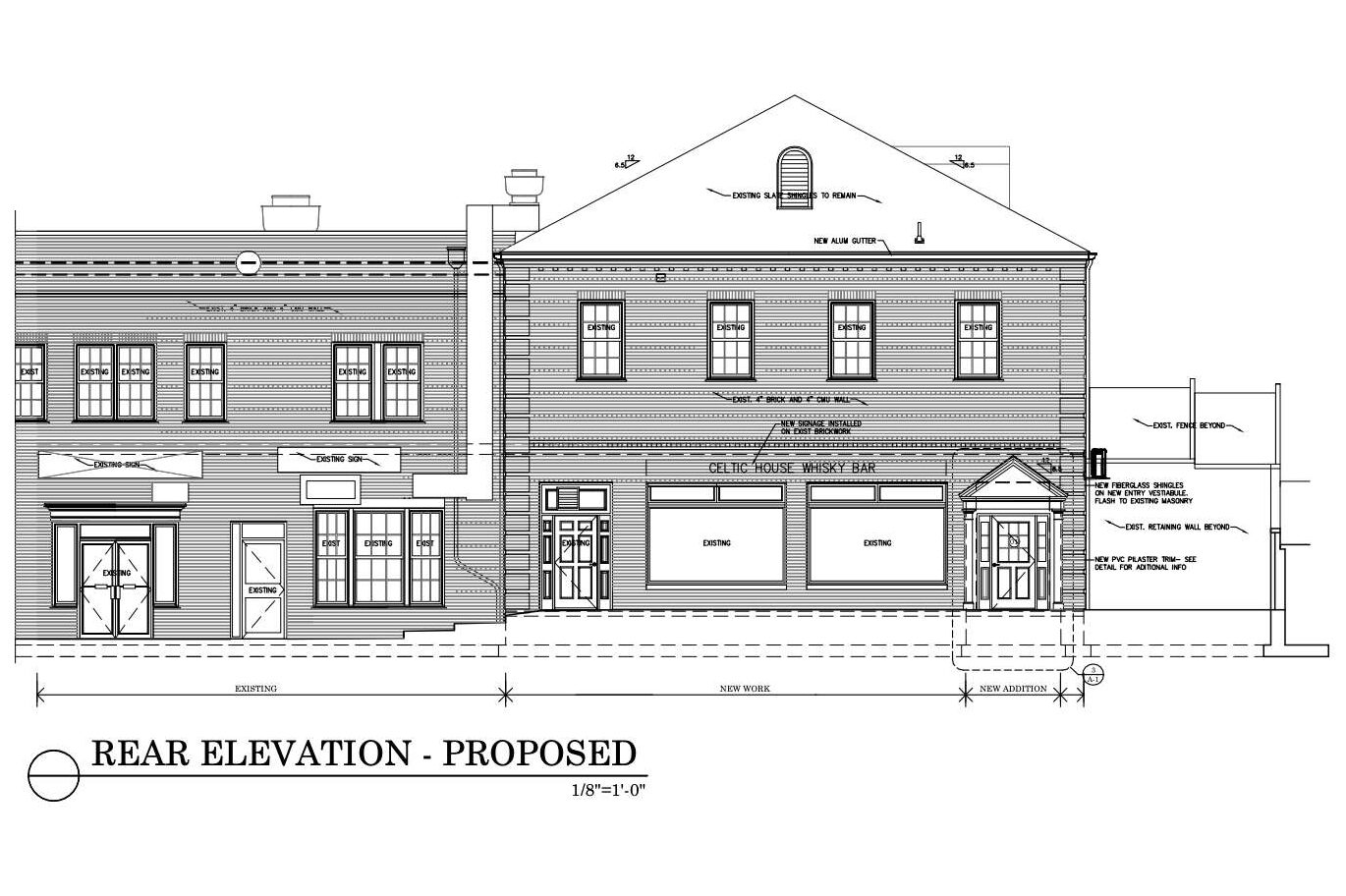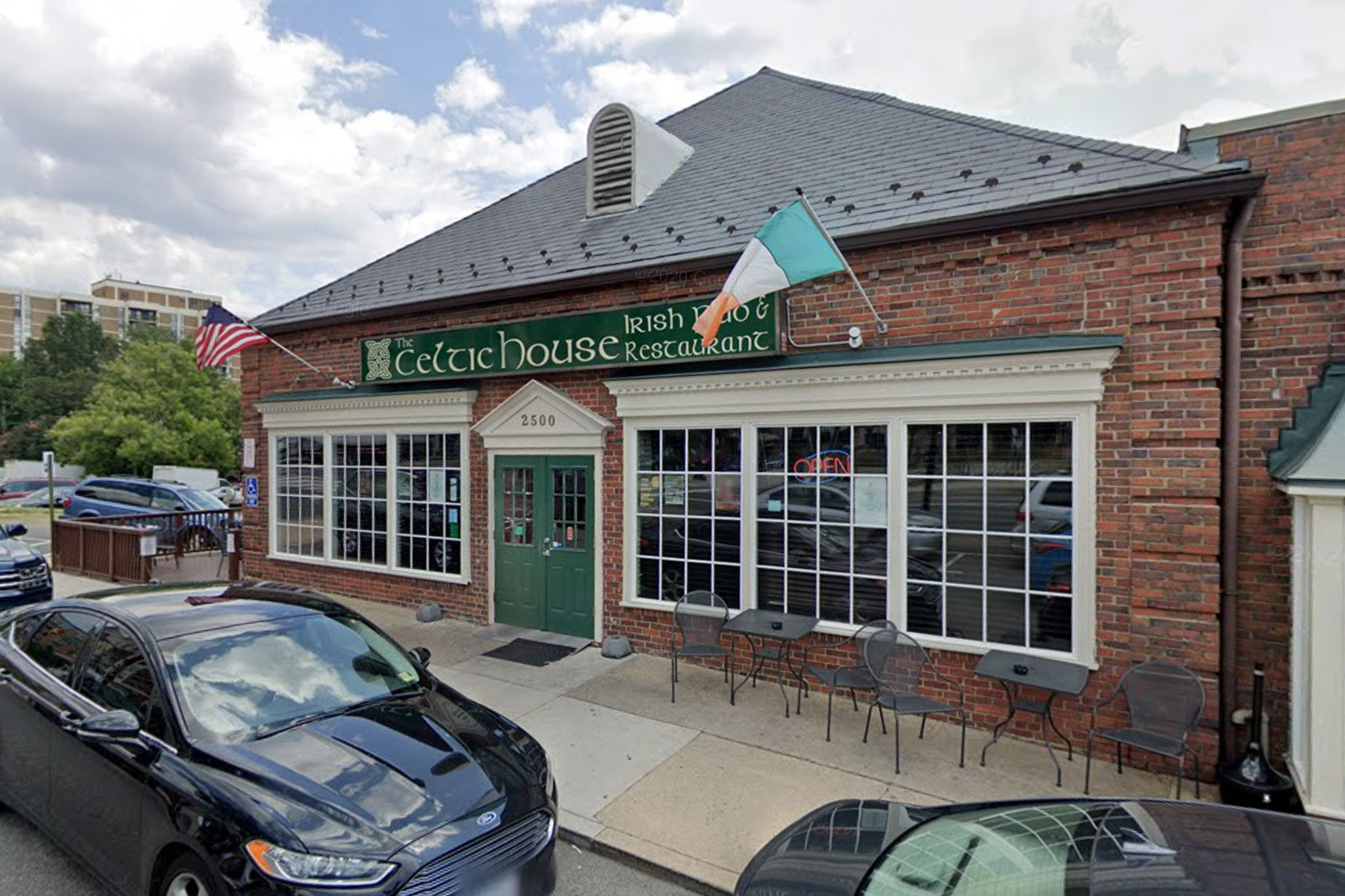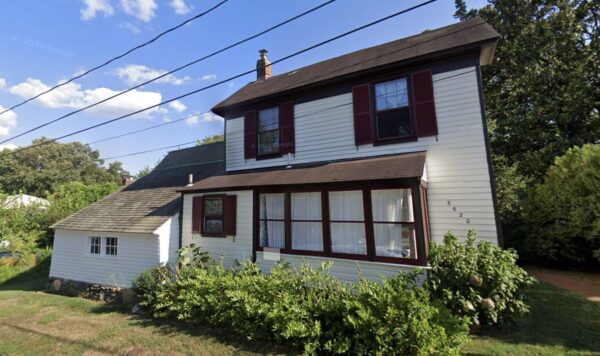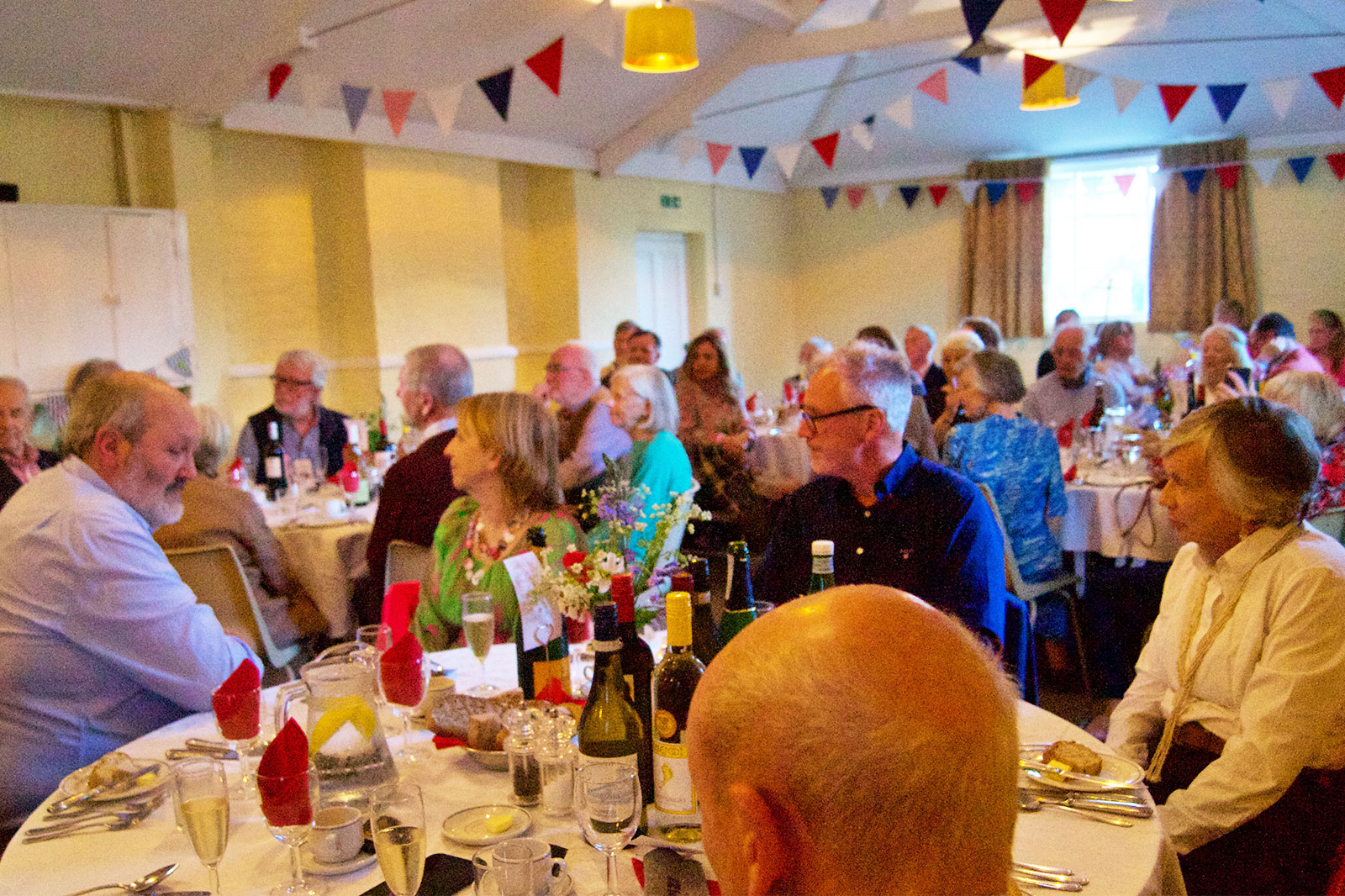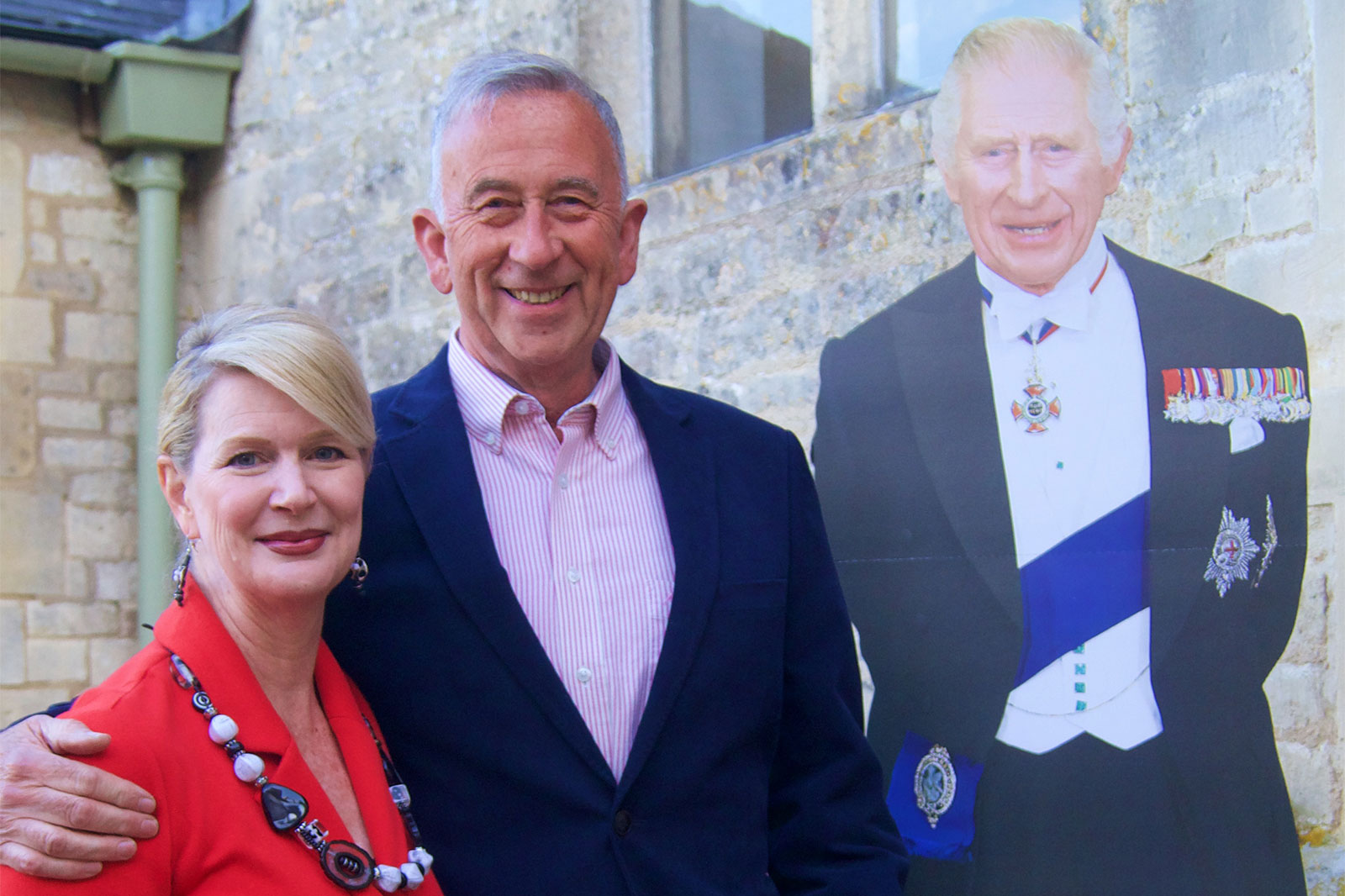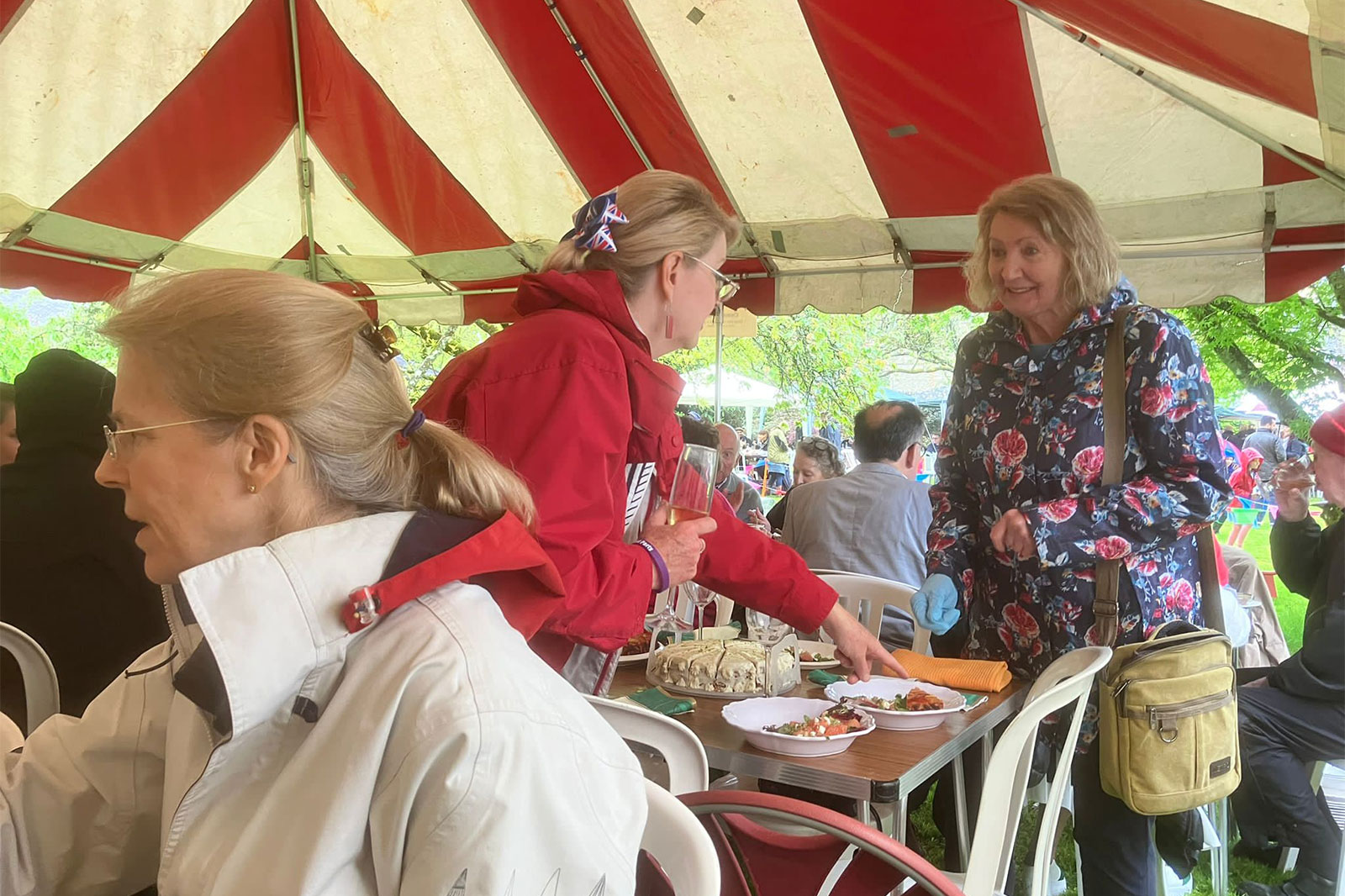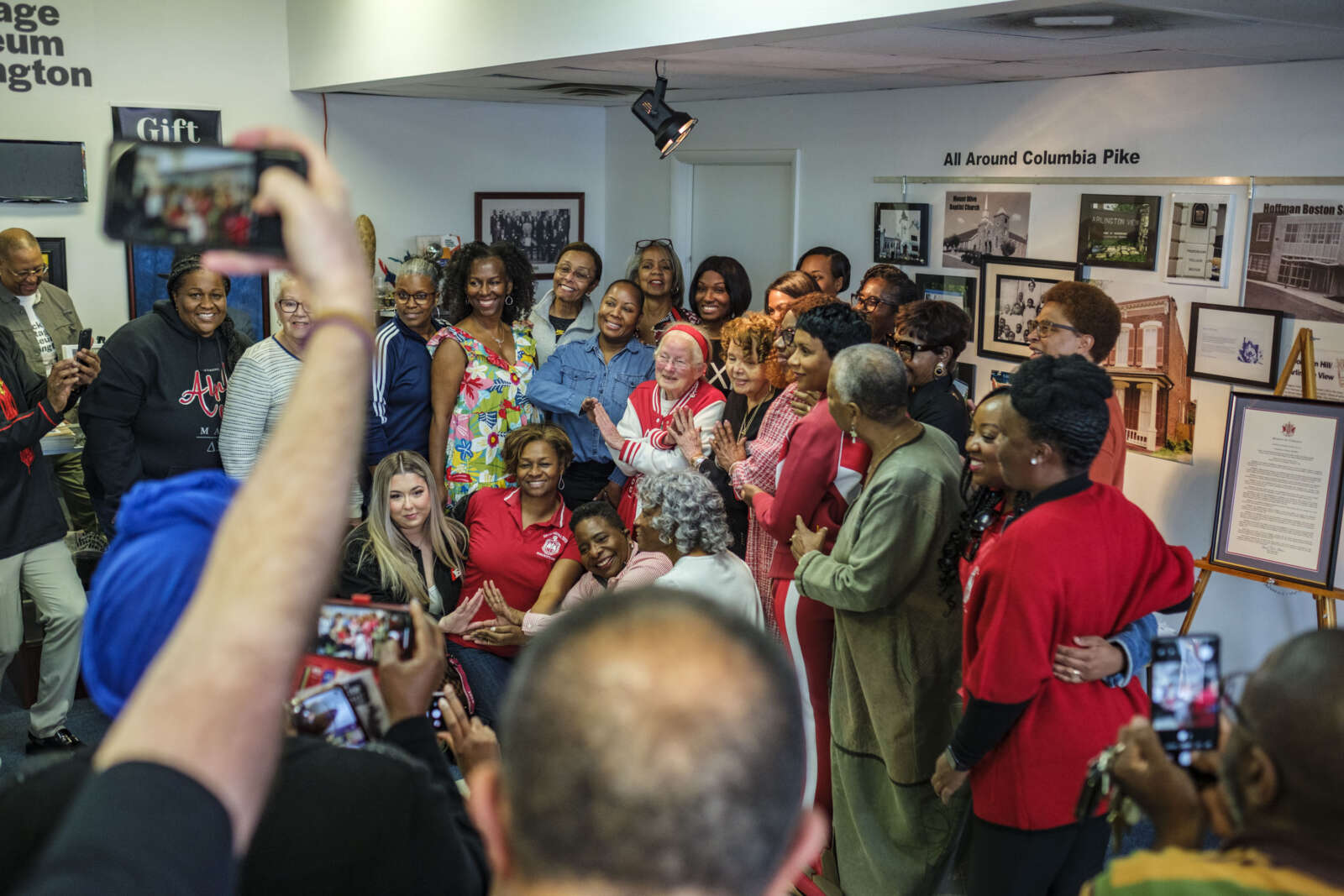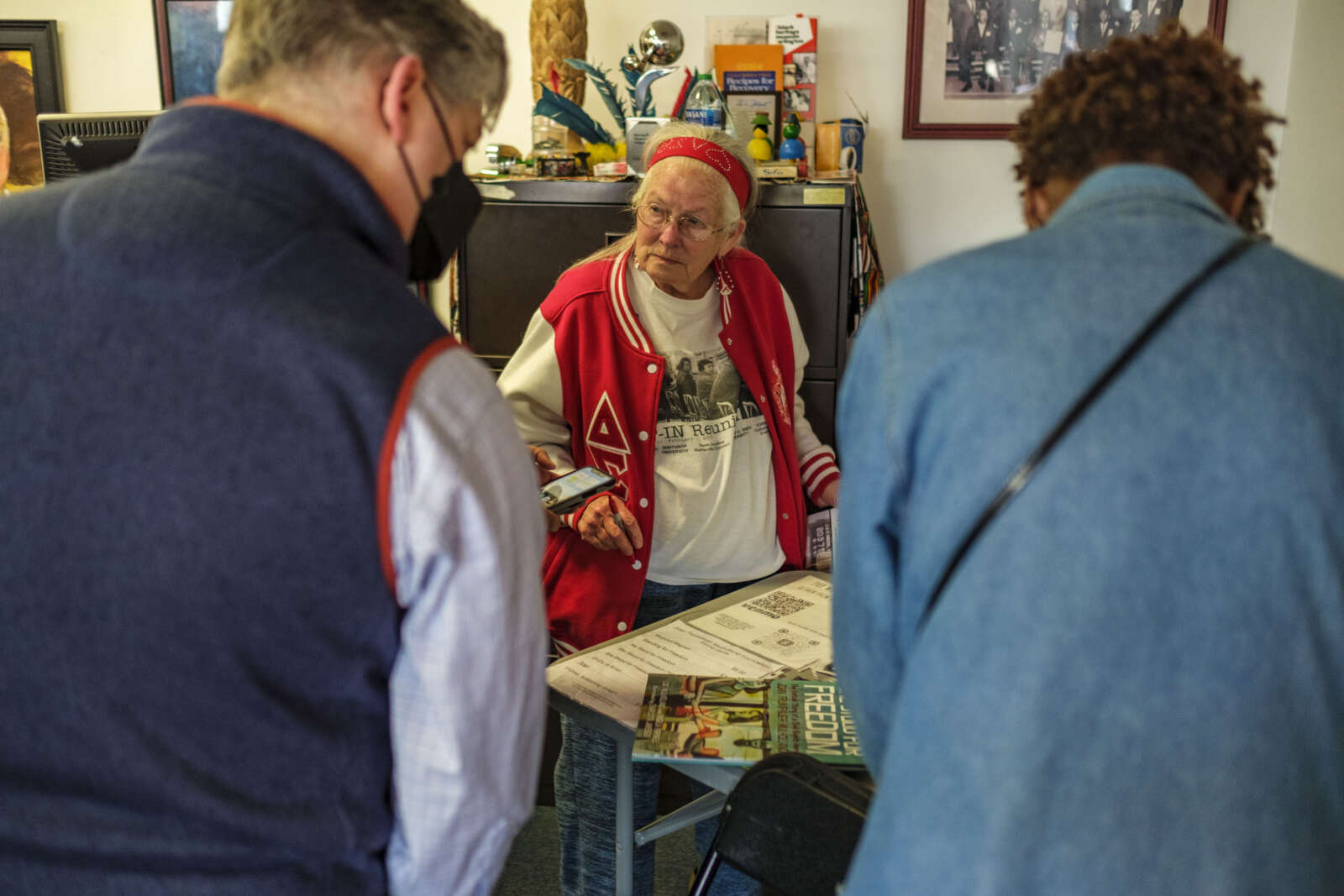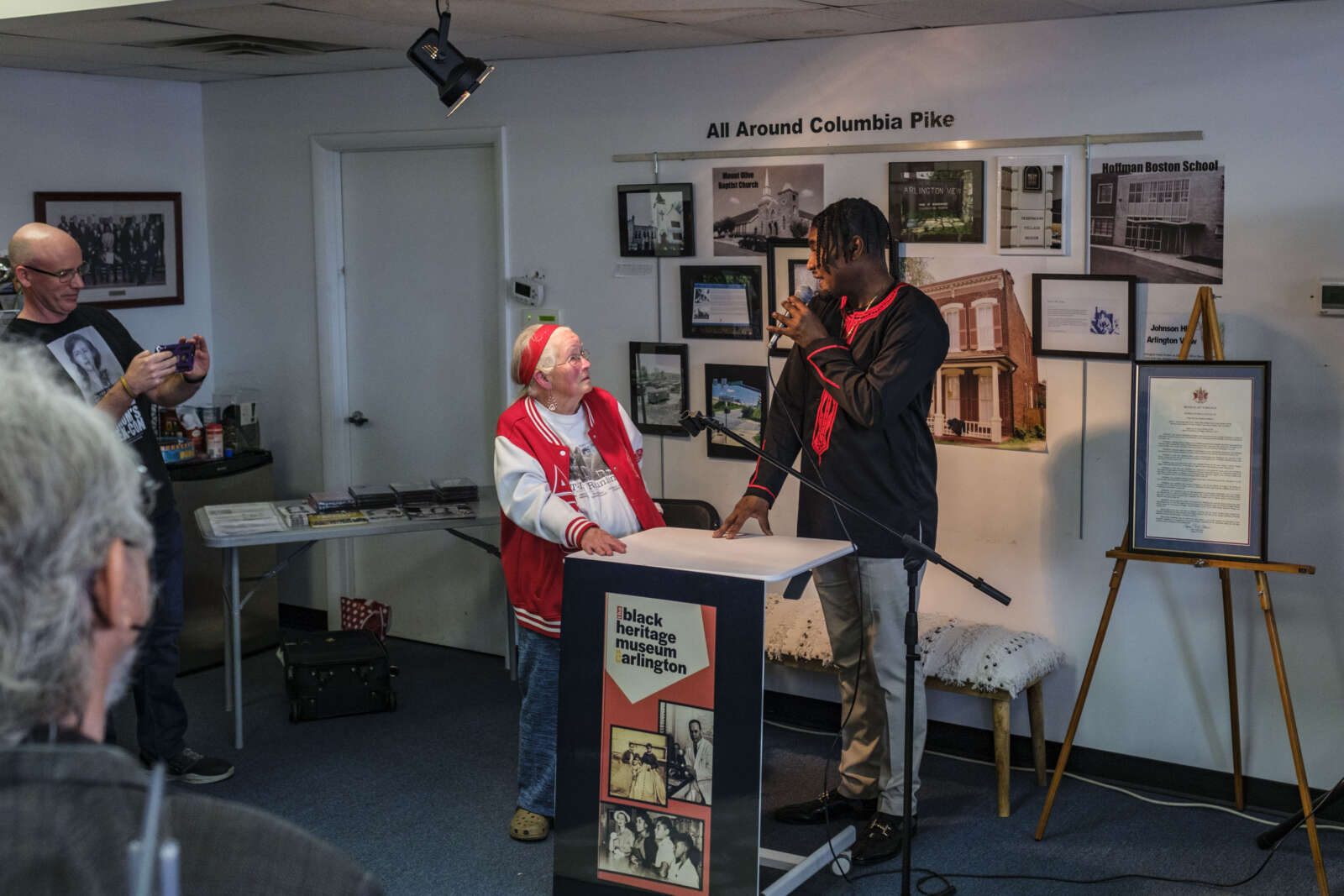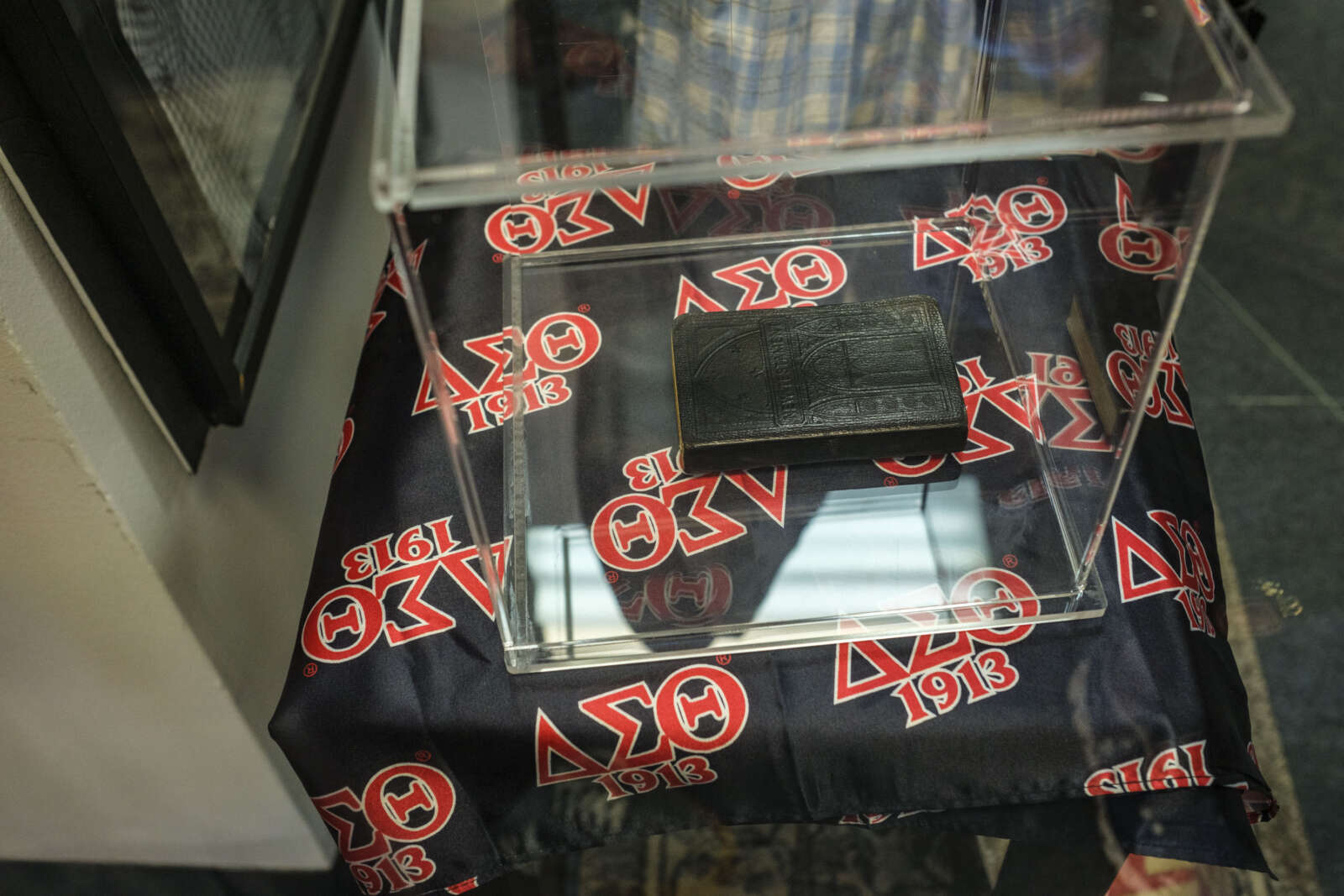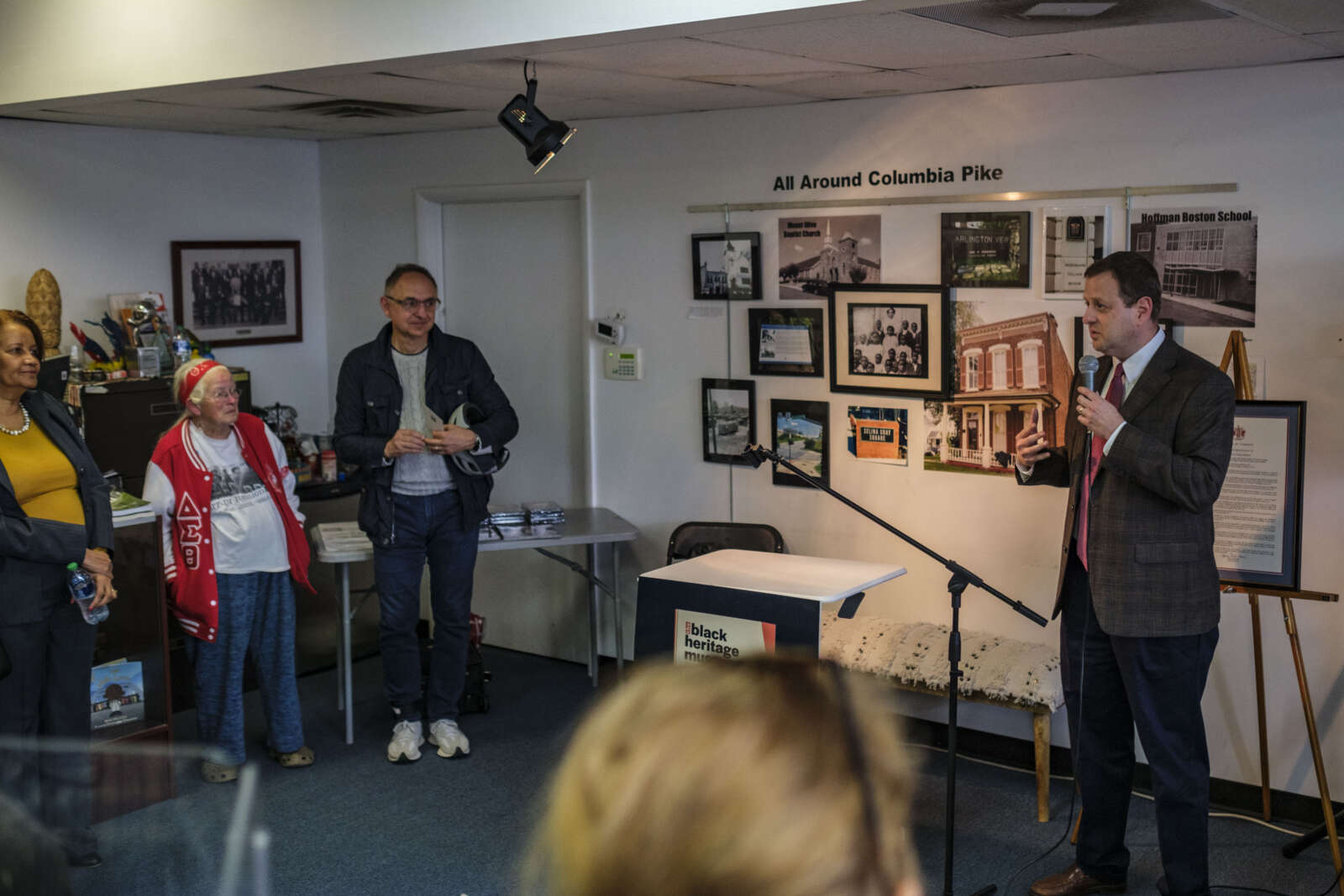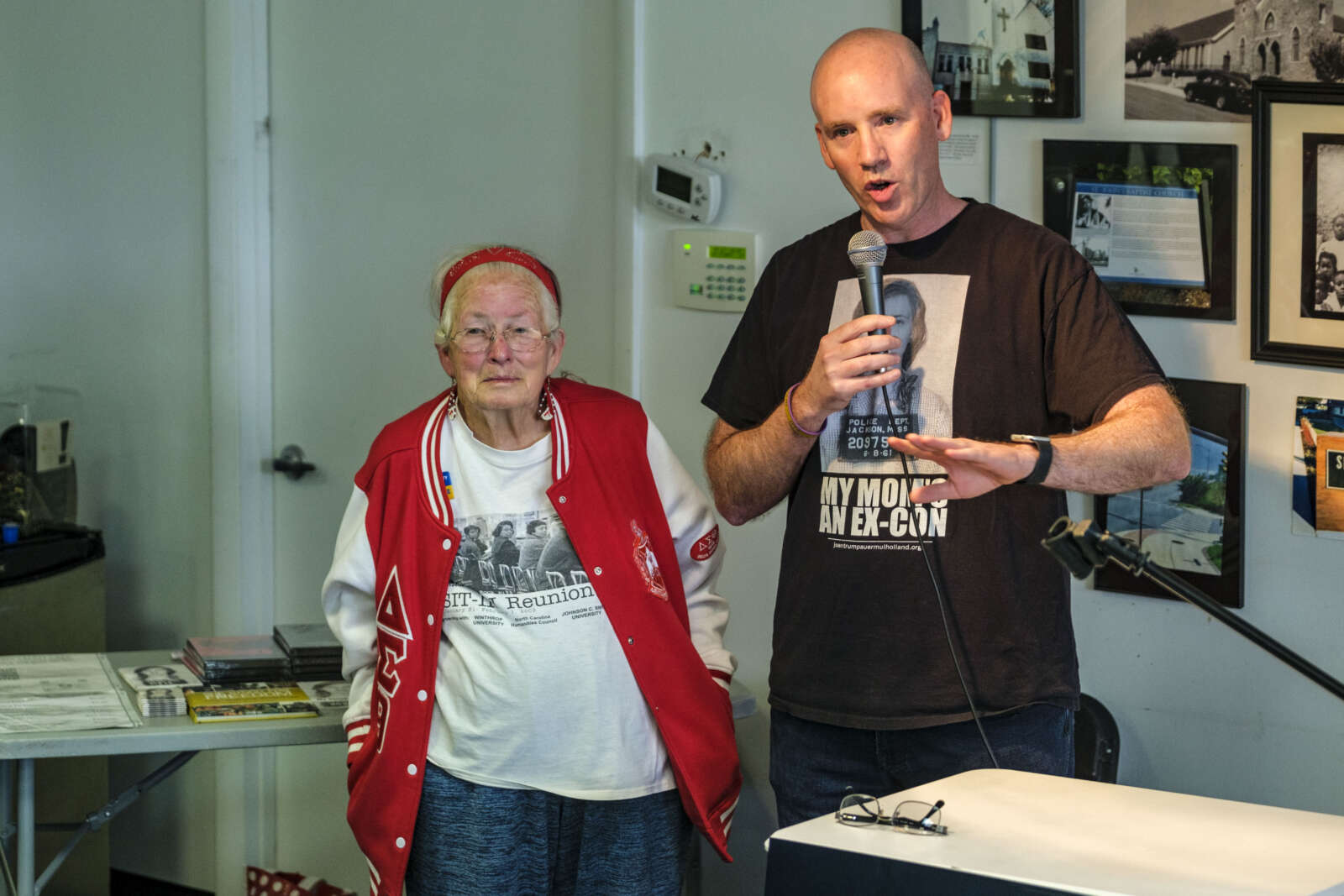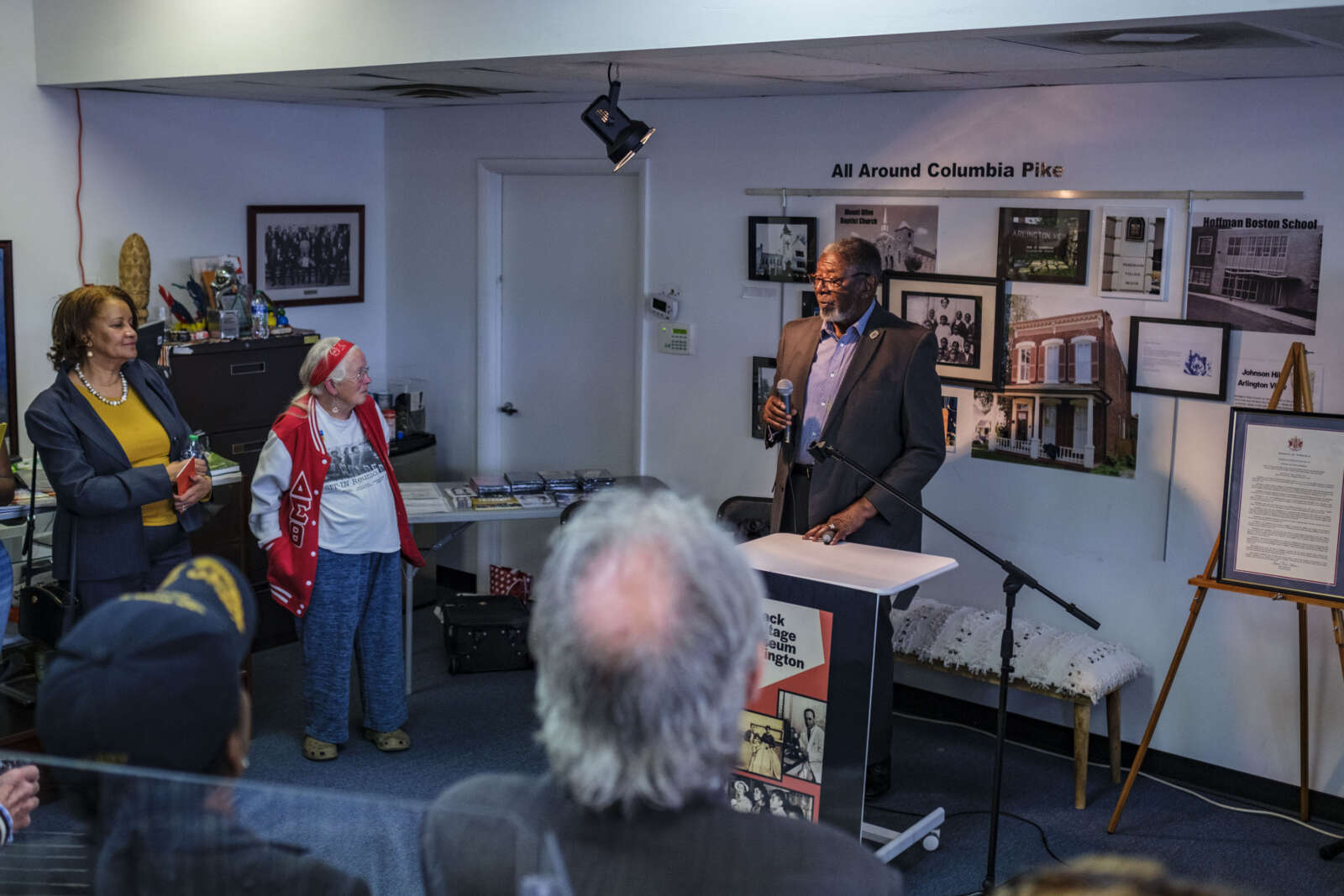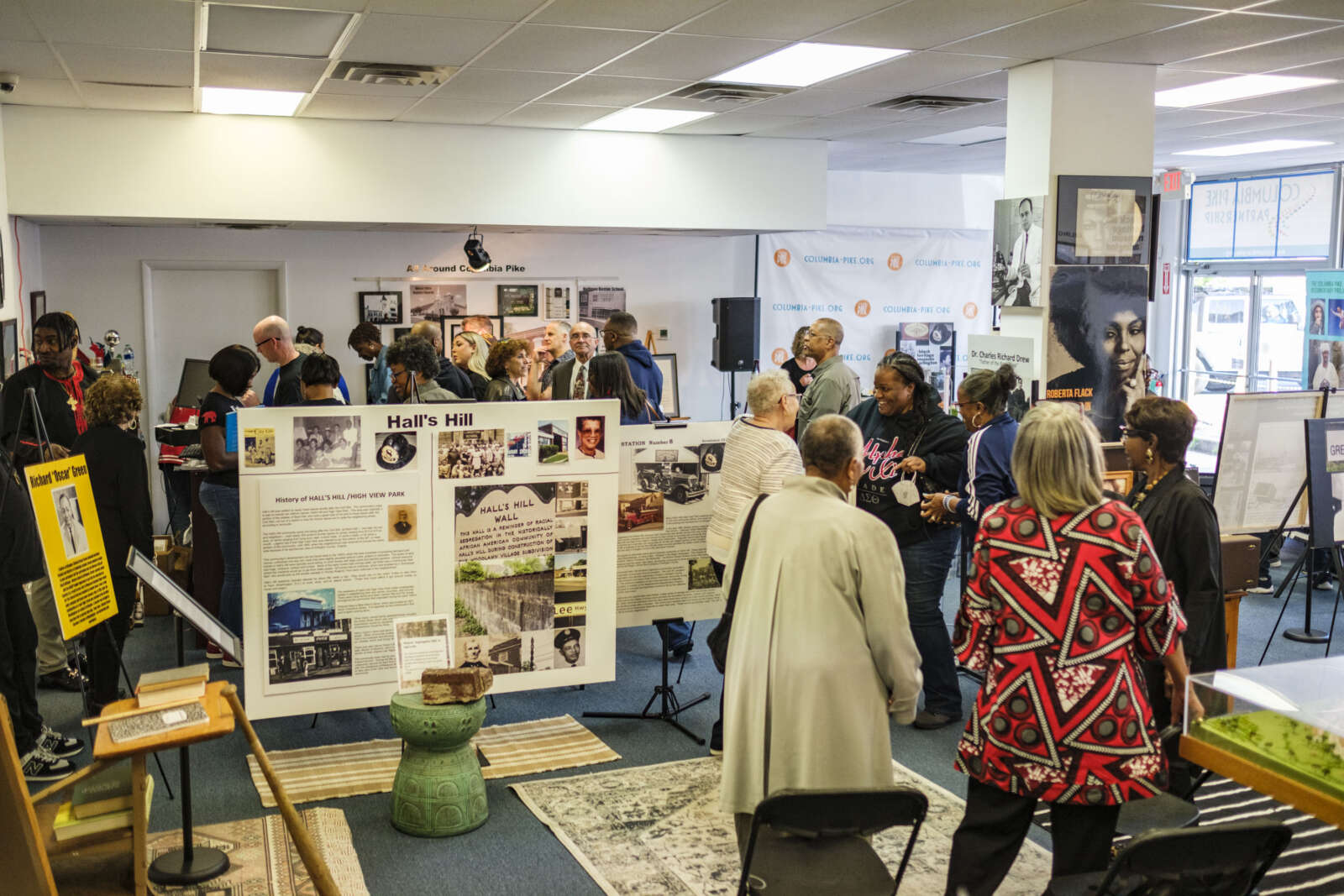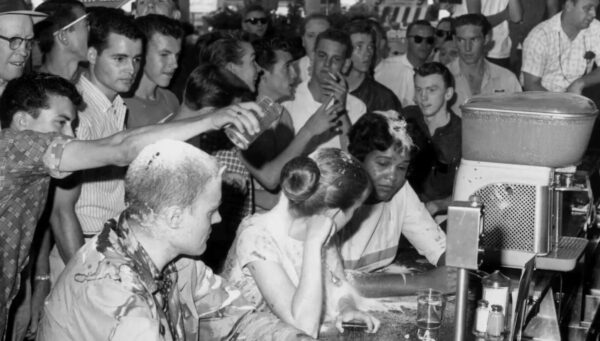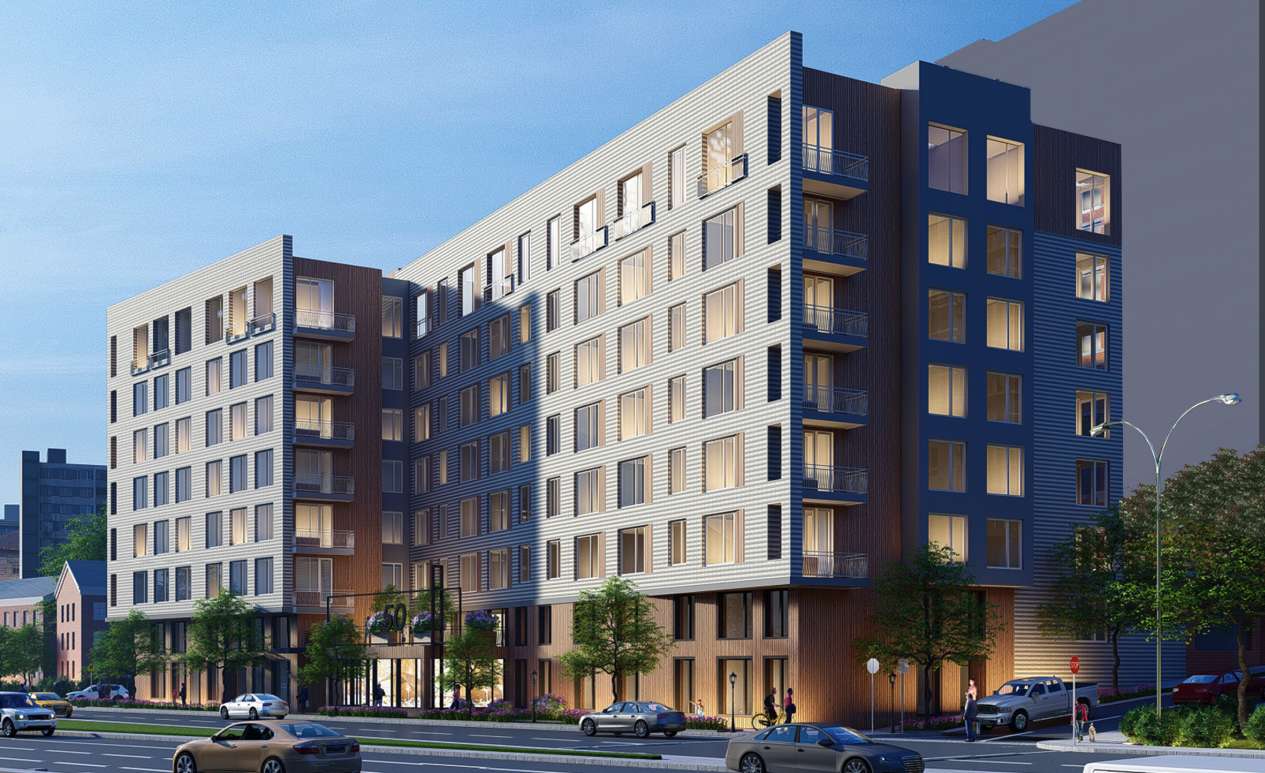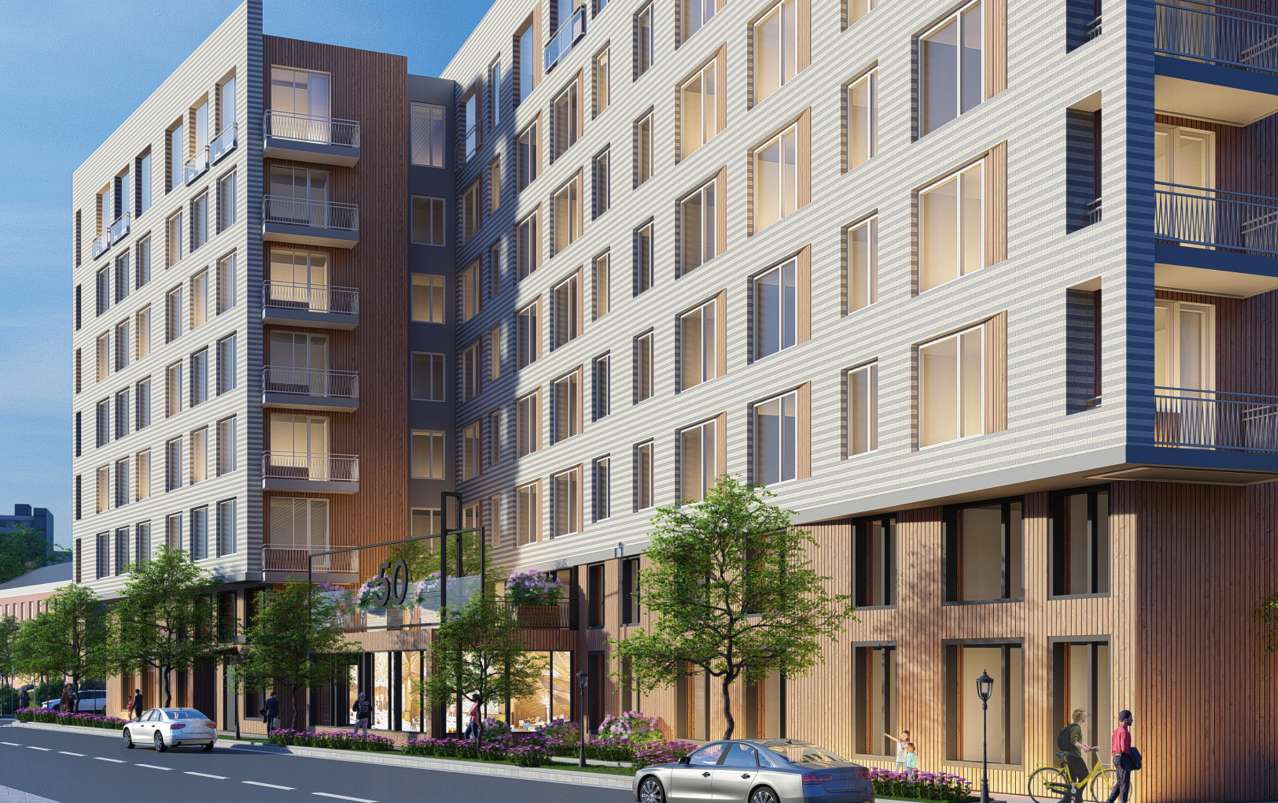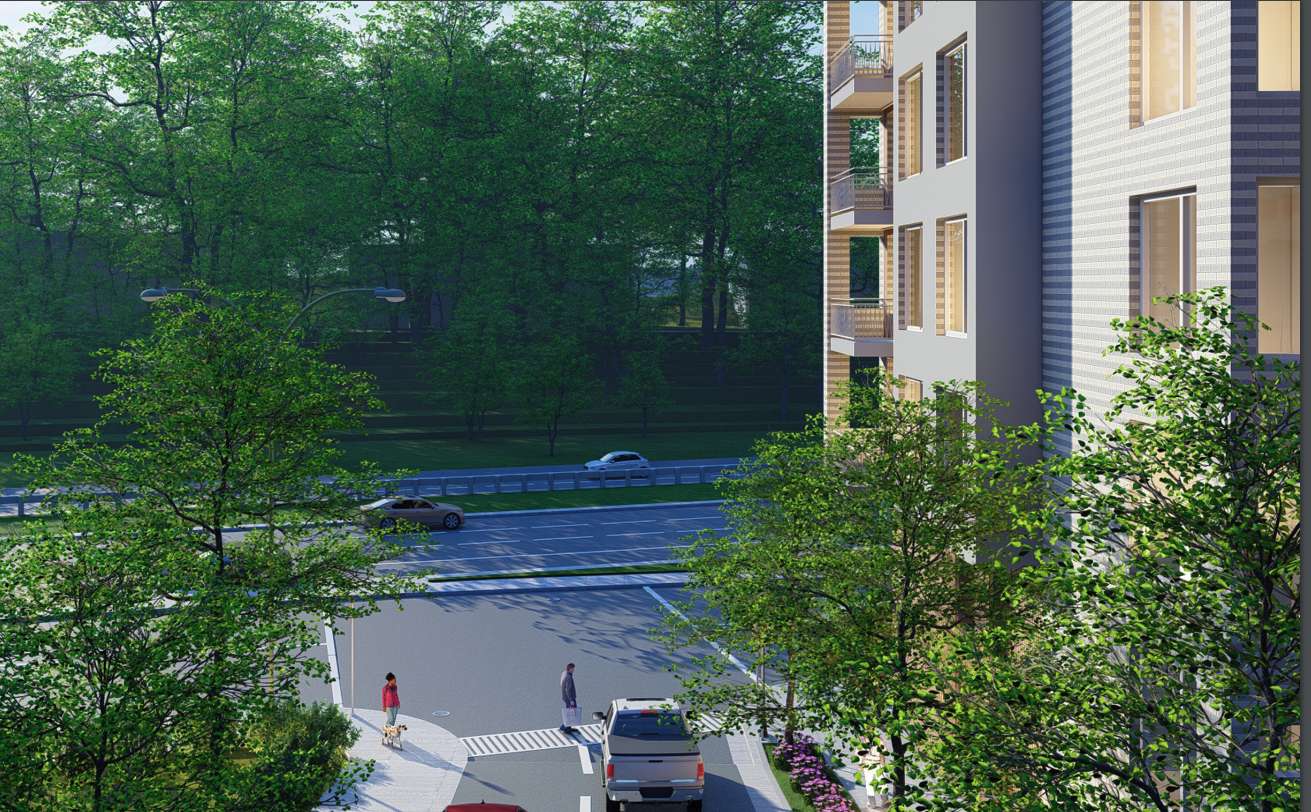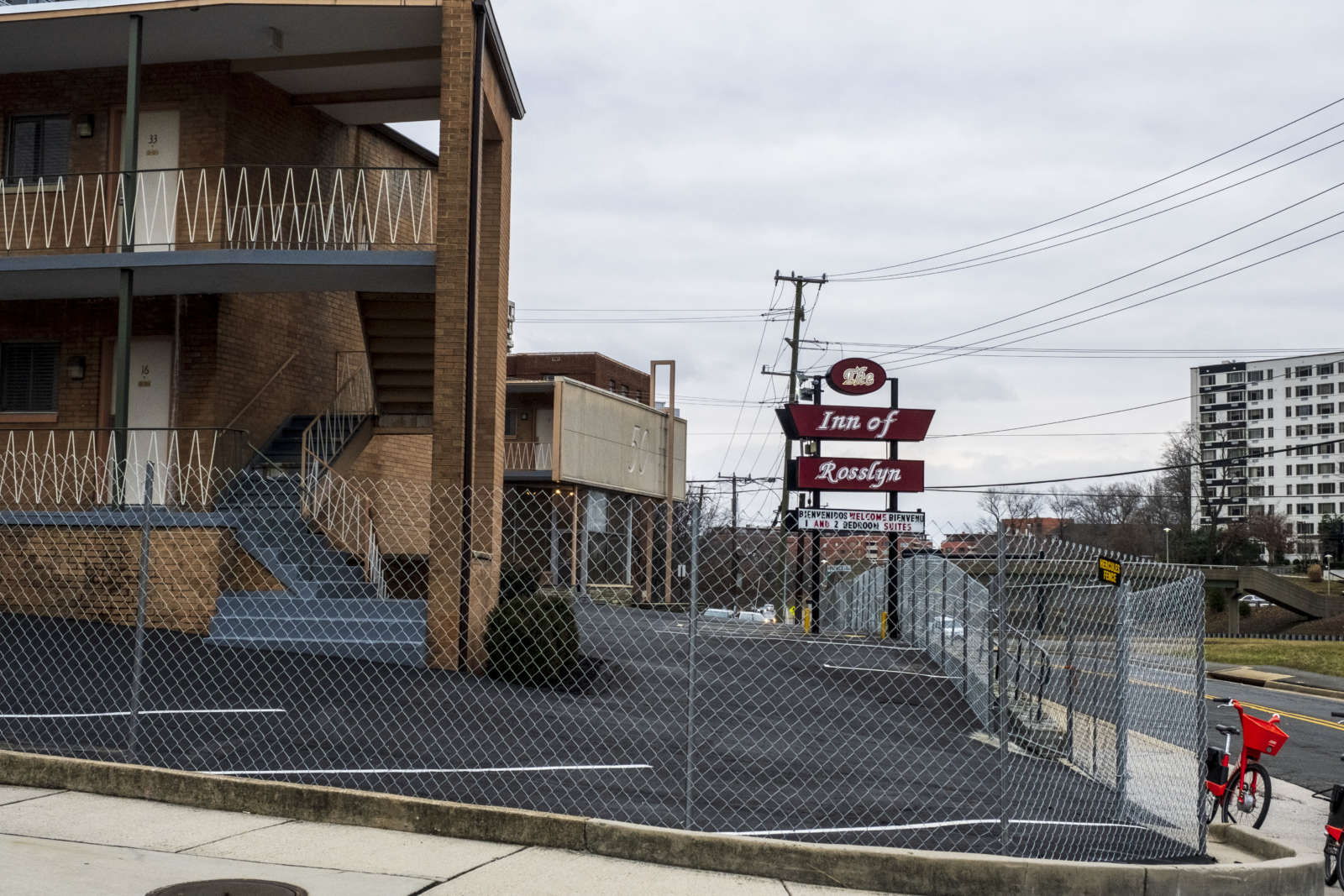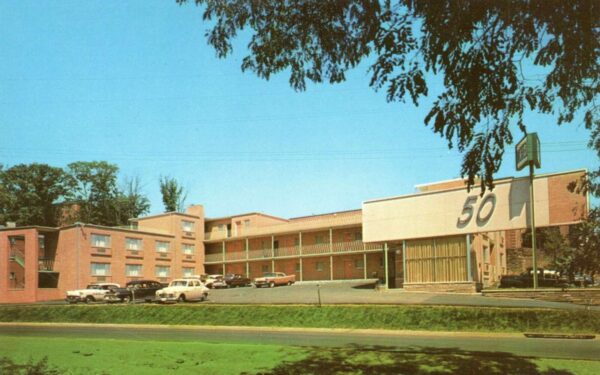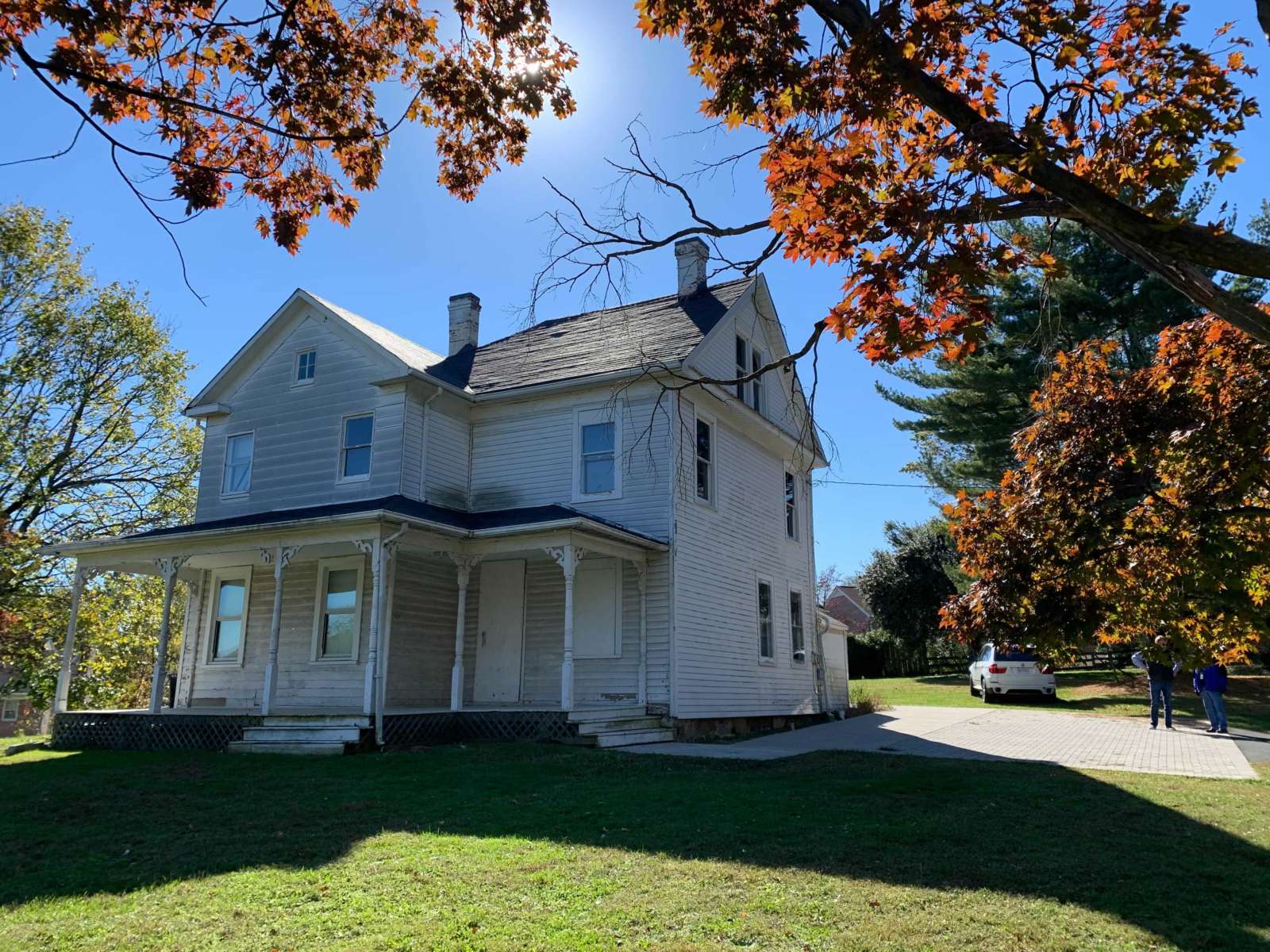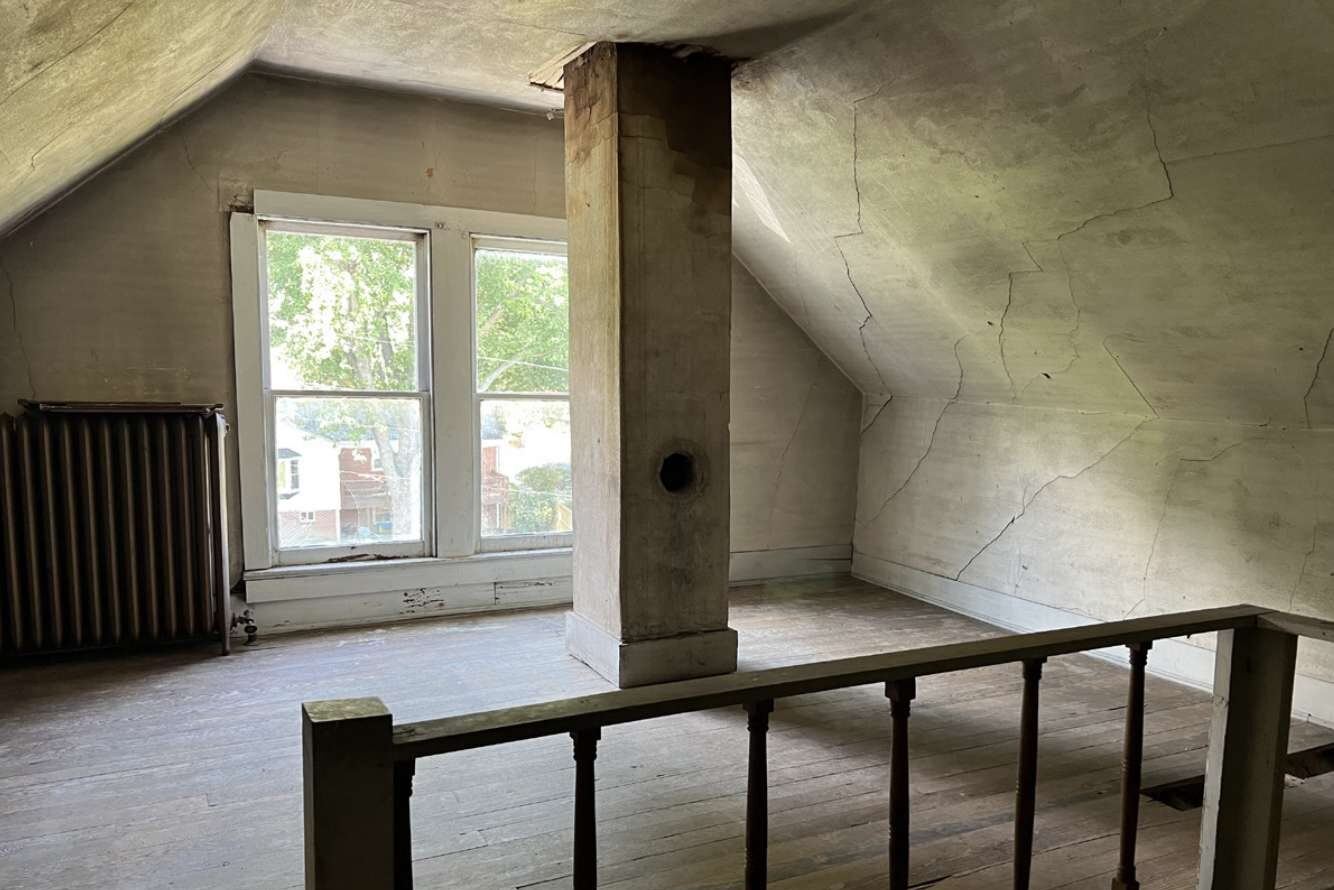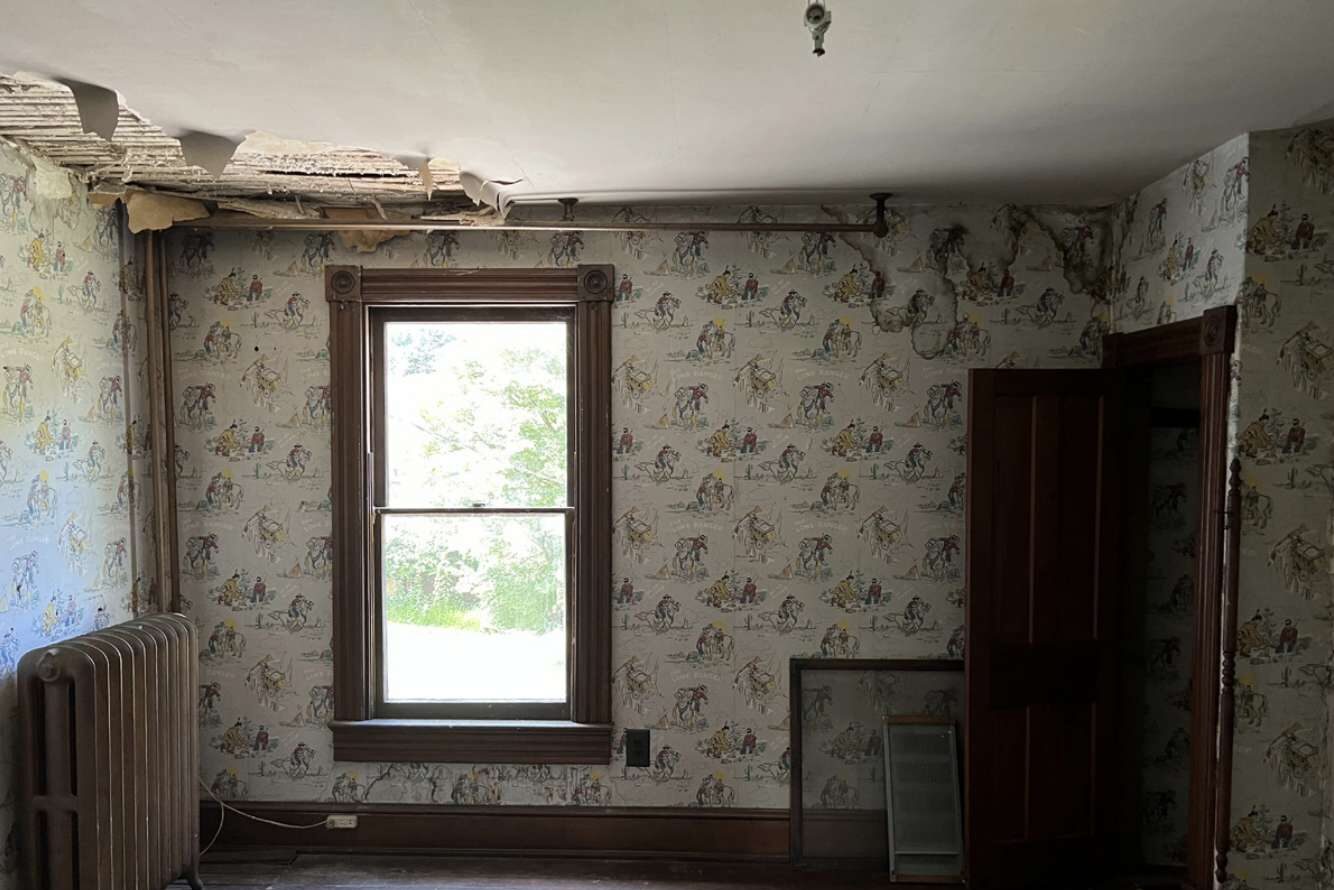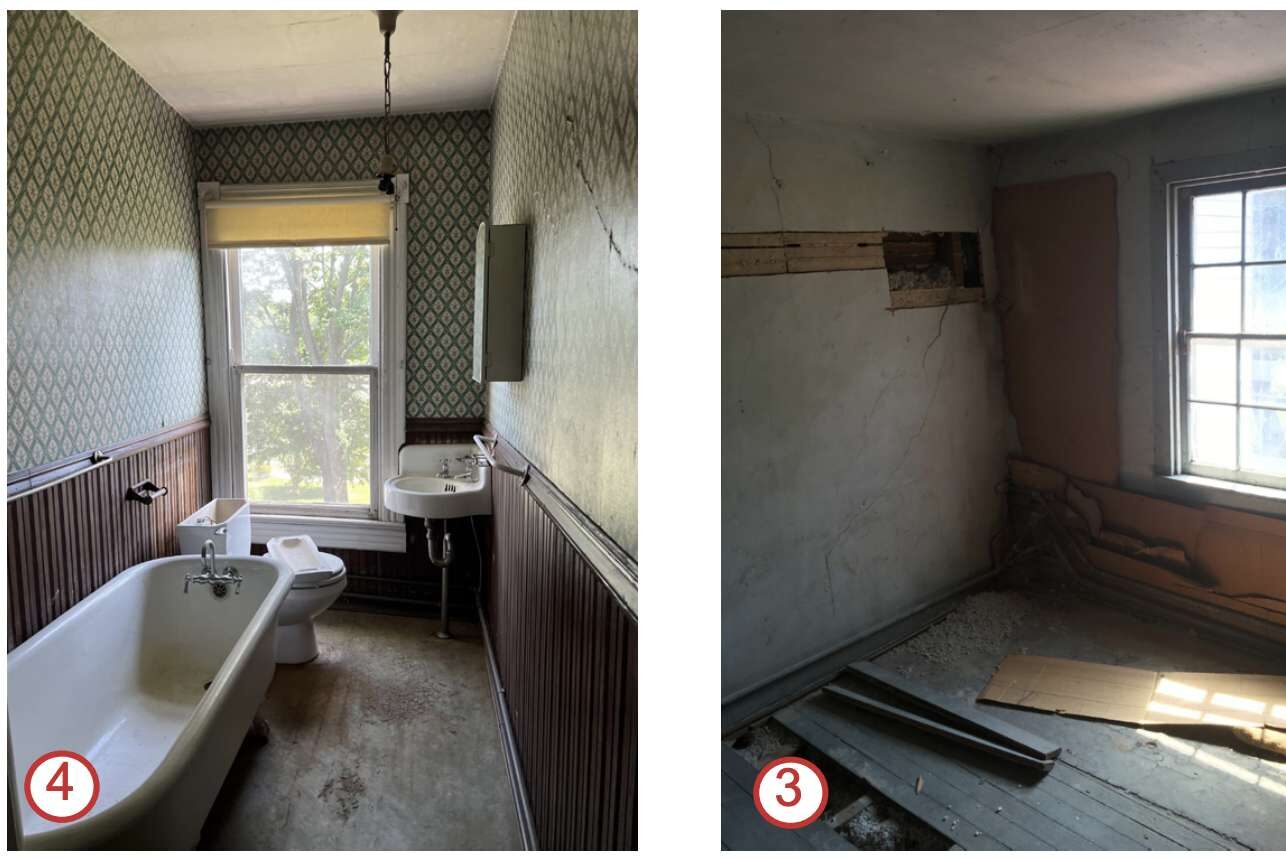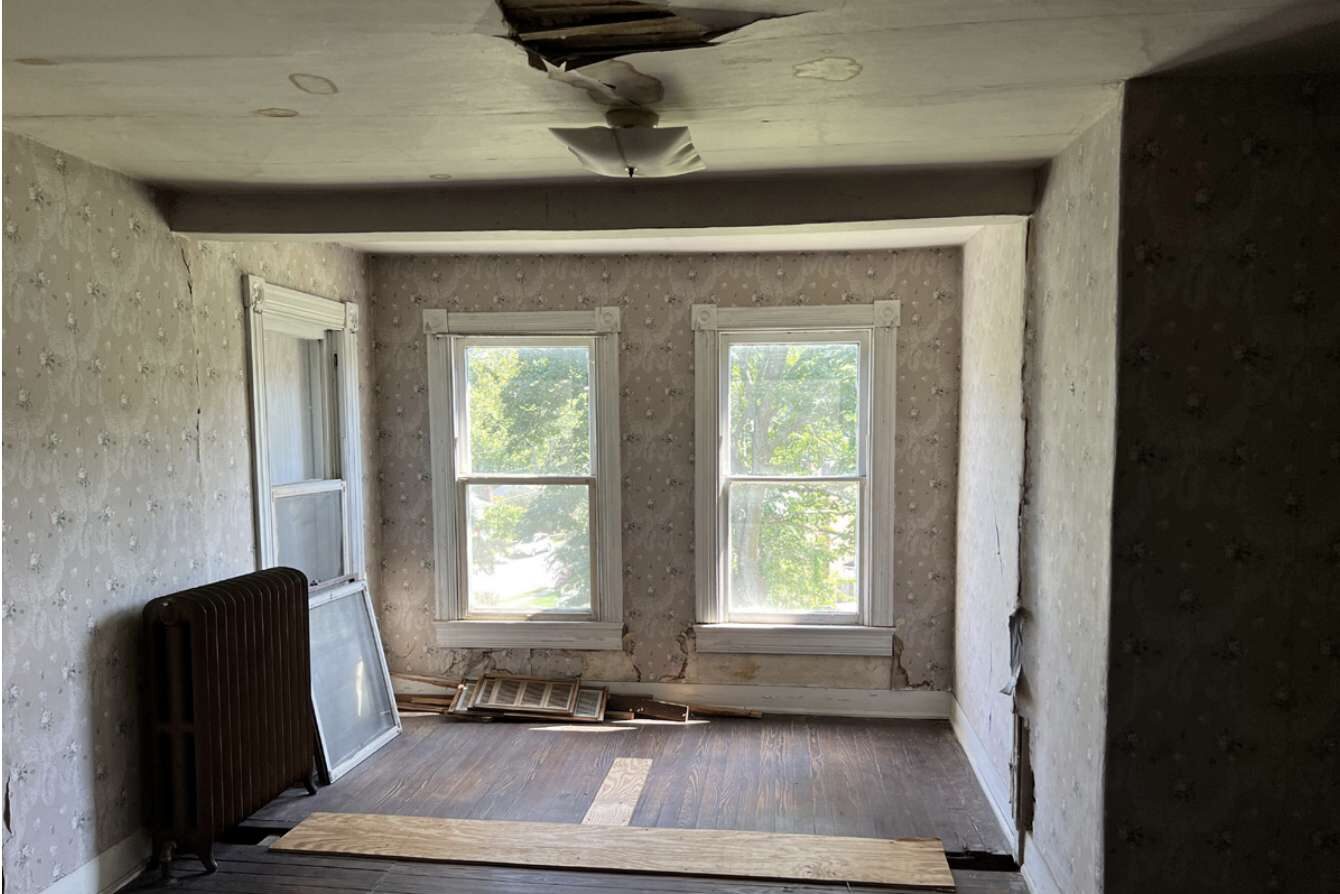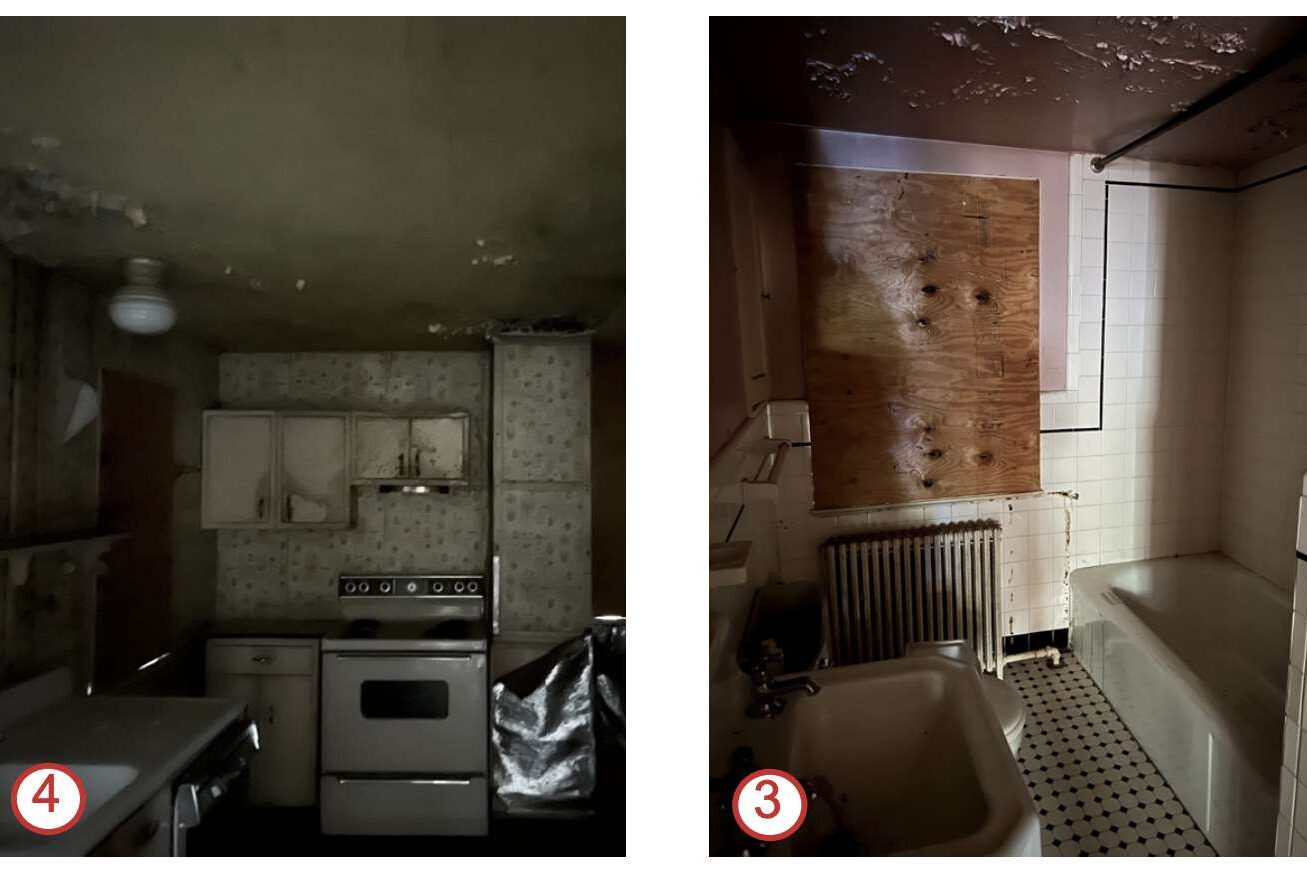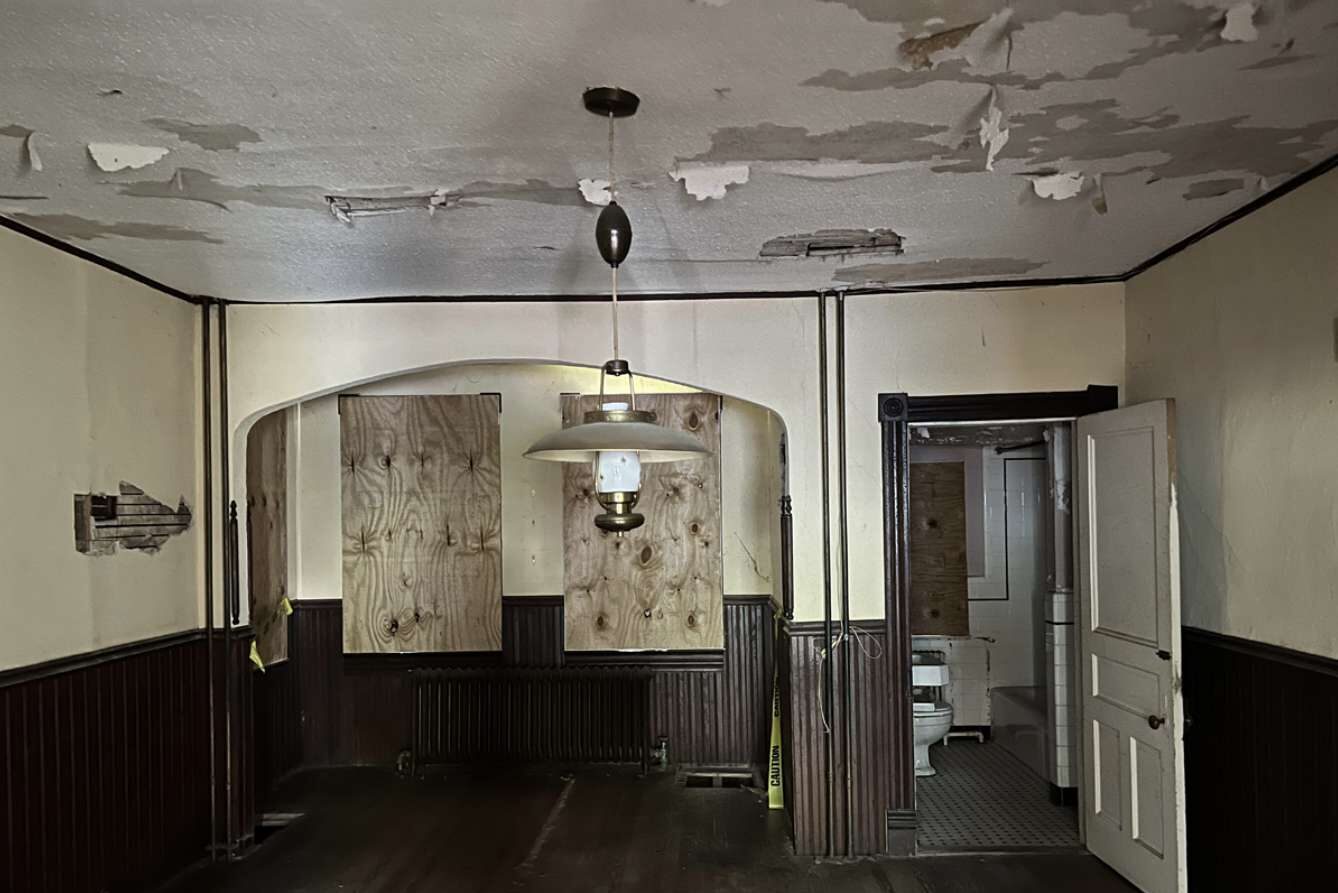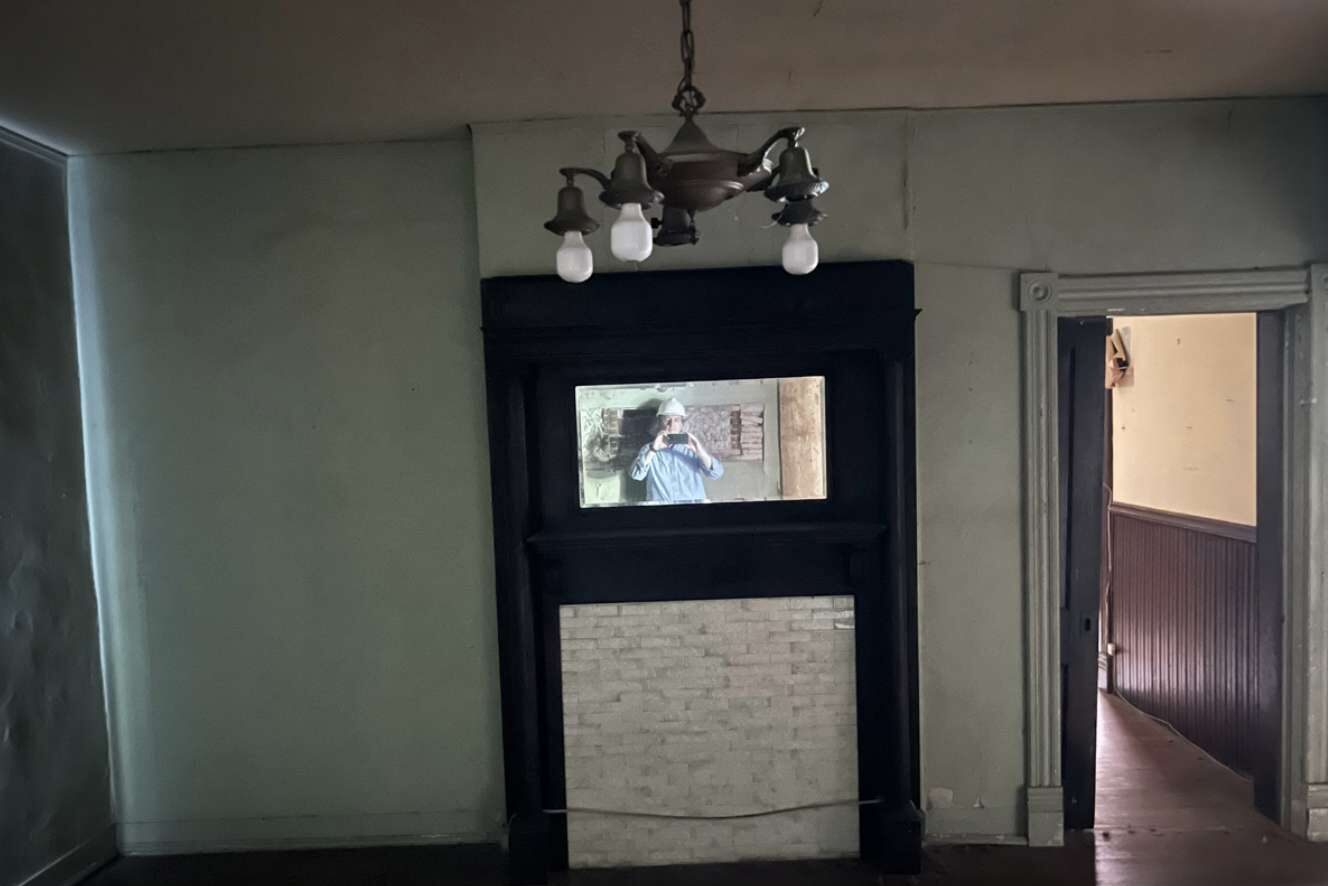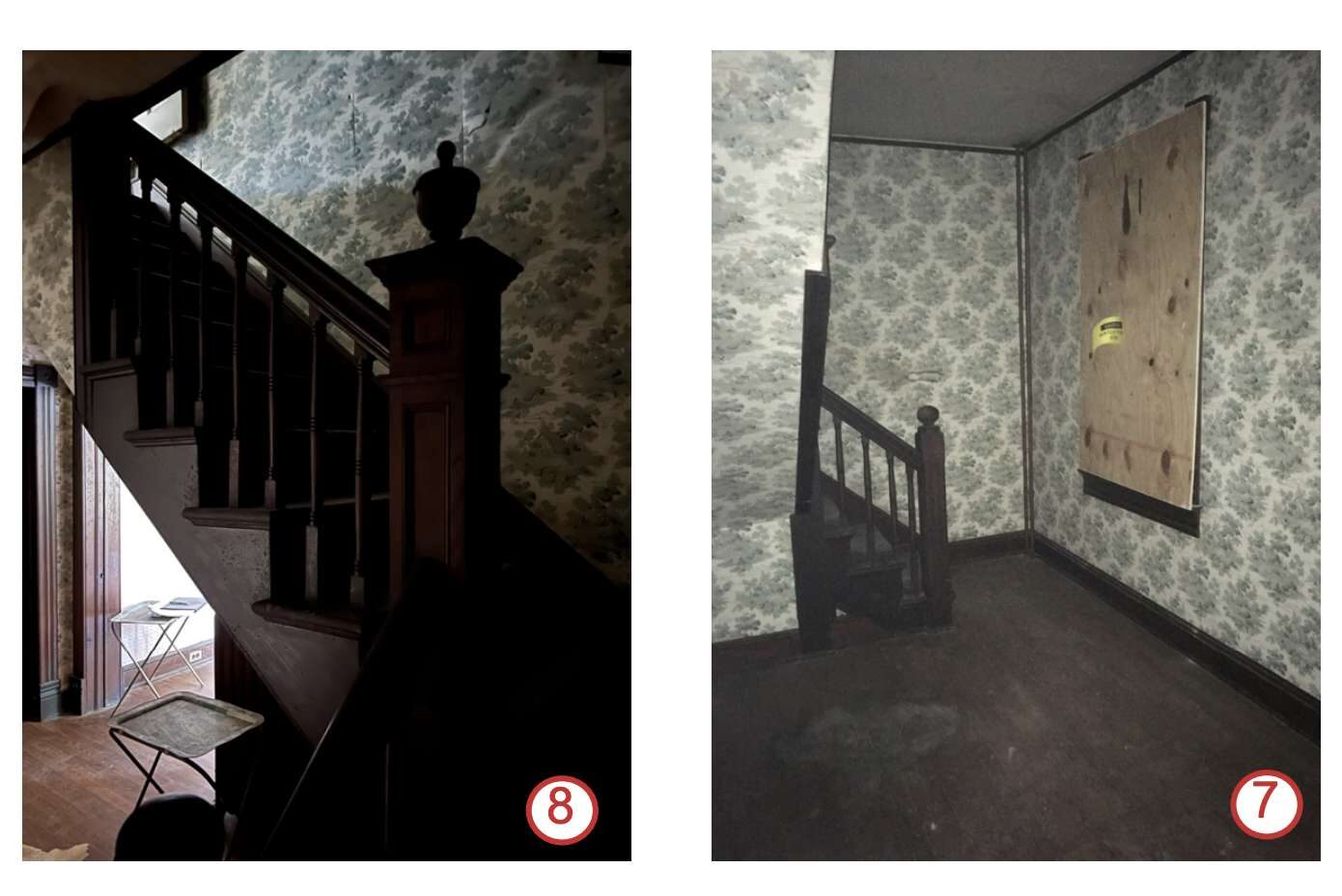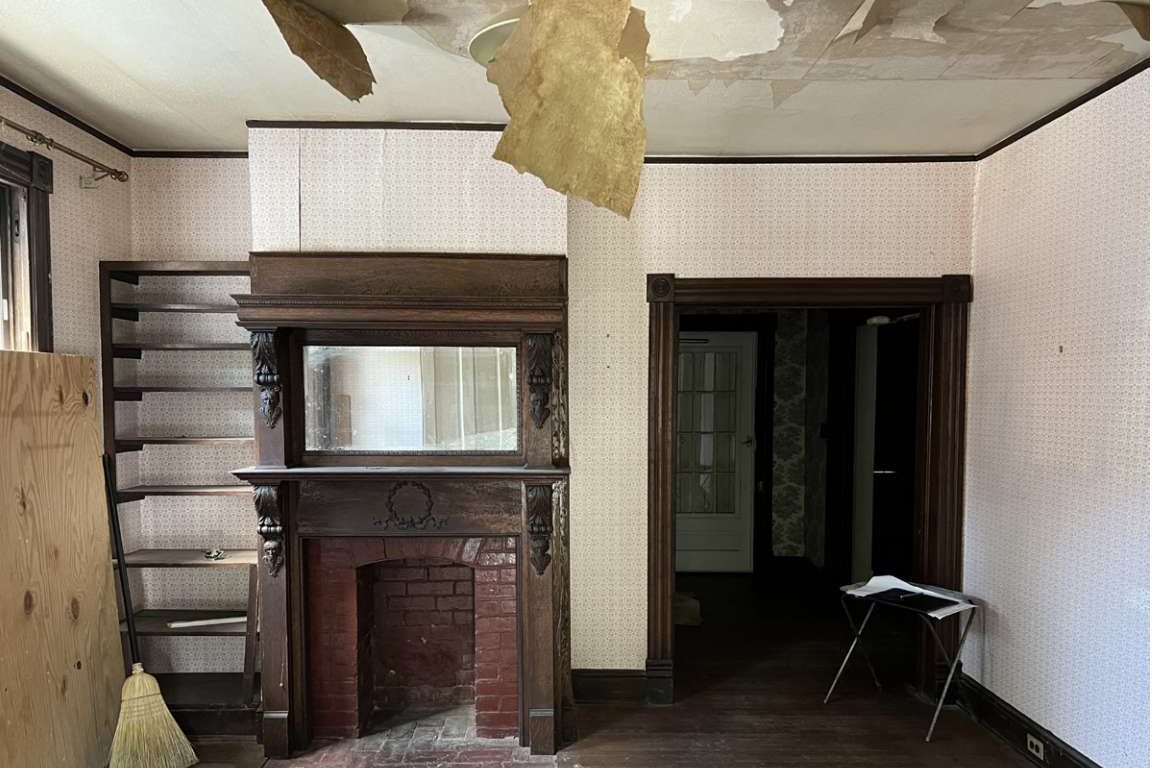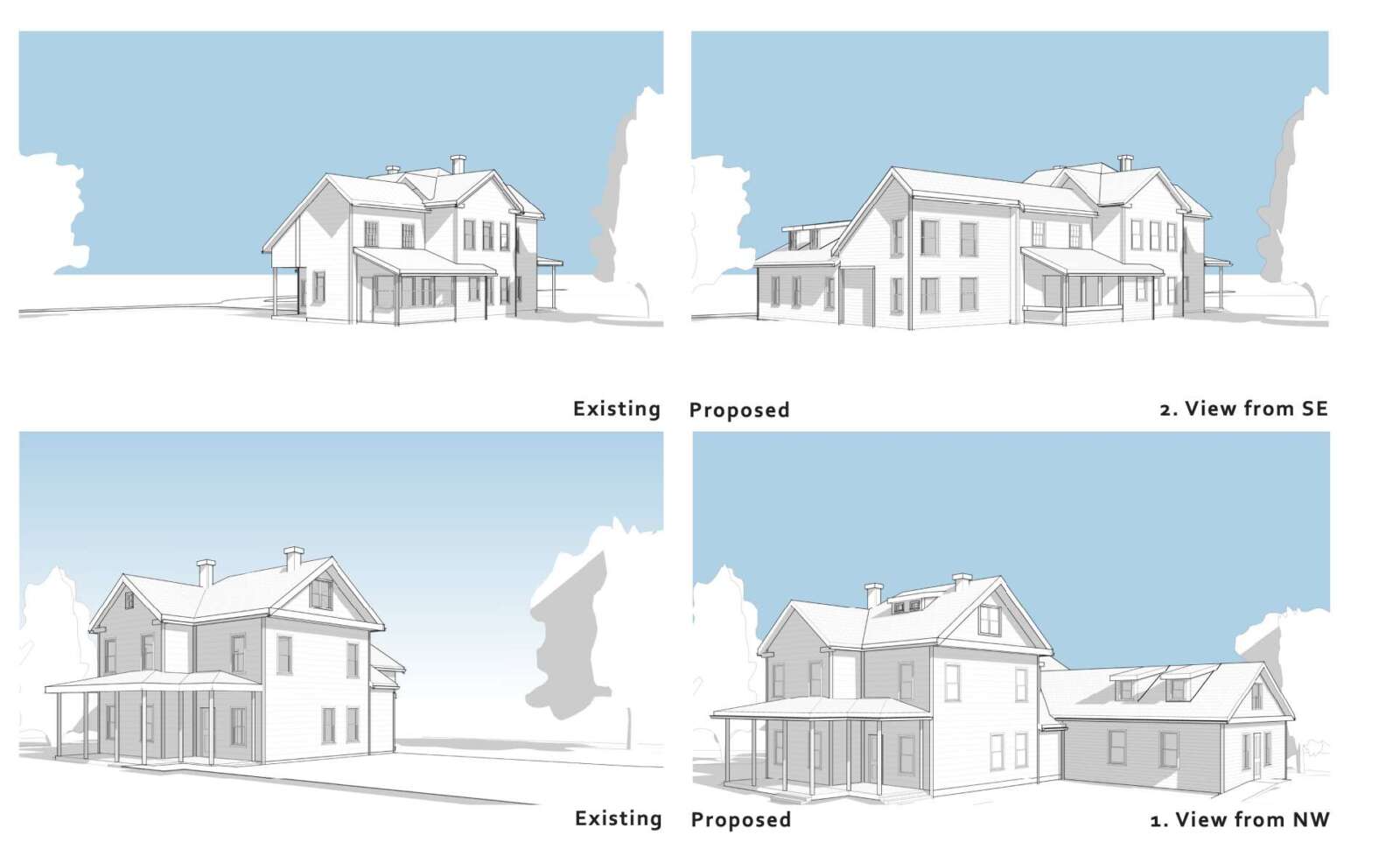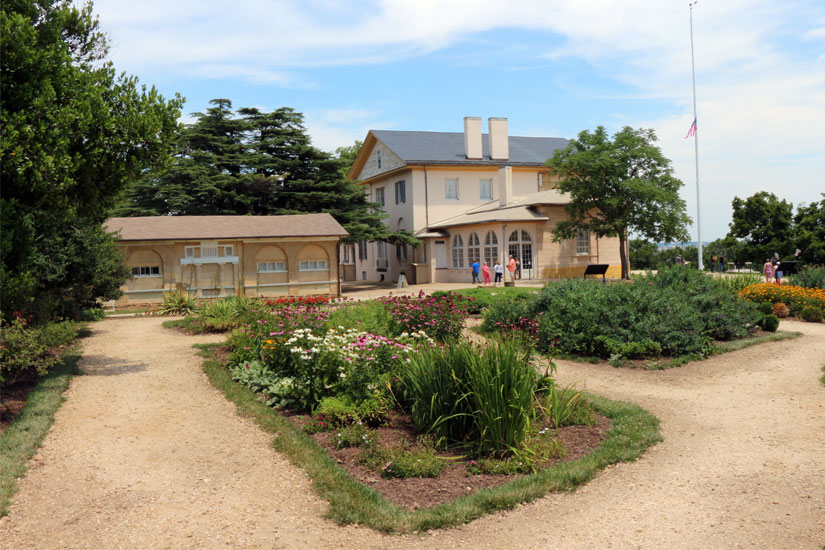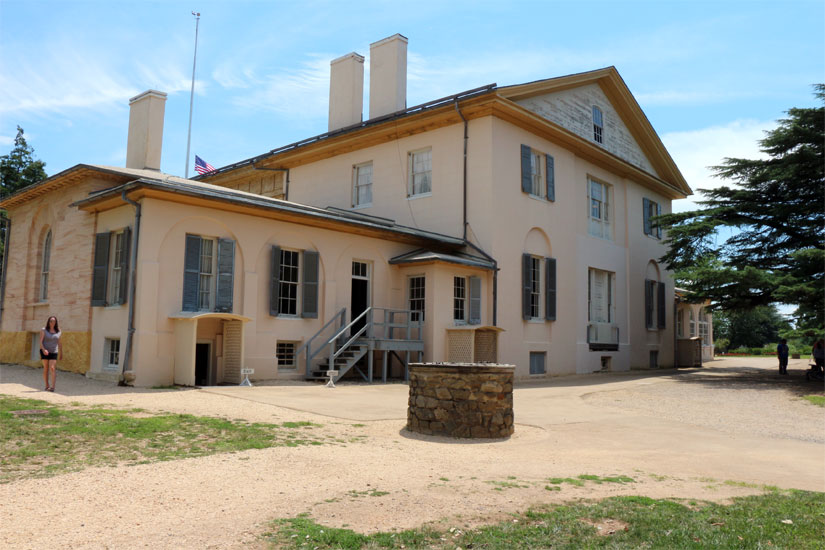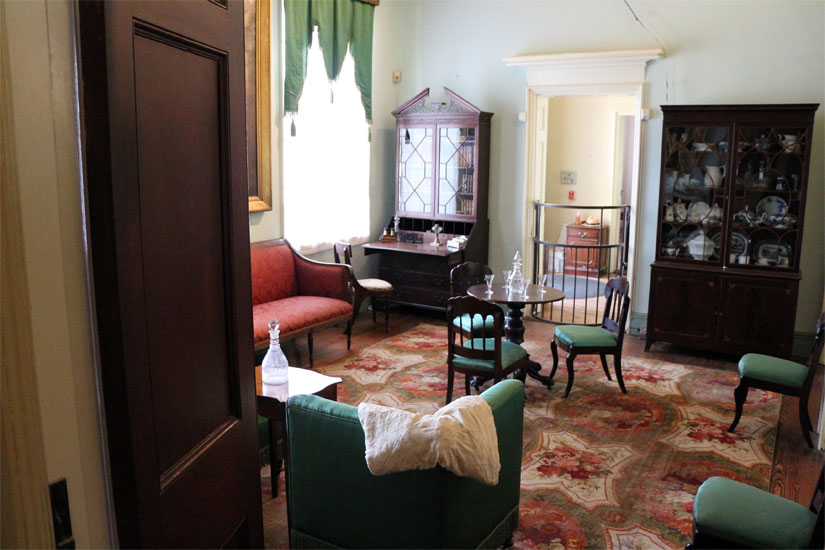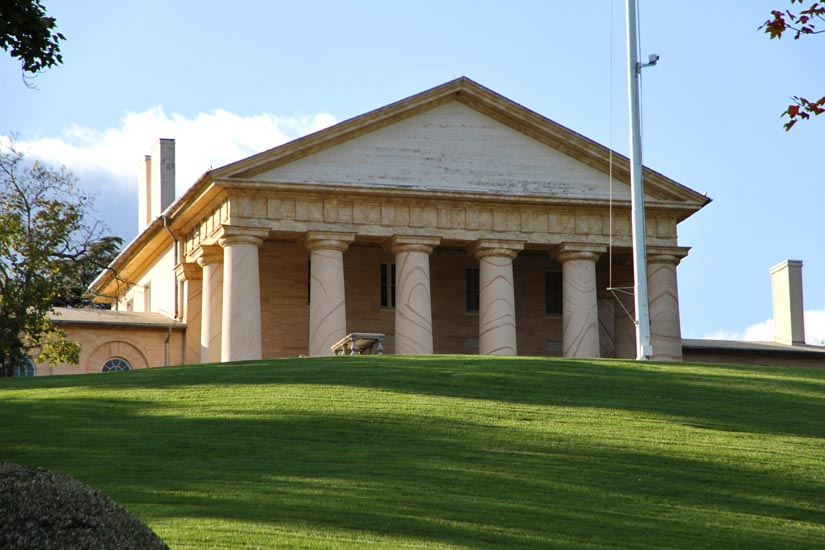In 1922, Clarendon almost became a town.
The rallying cry was the neighborhood slogan, “Do it for Clarendon,” says local historian Sean Denniston.
Arlington County, formerly within the borders of what was then called Alexandria County, got its name in 1920, to avoid confusion with the City of Alexandria. Twenty years prior, however, residents already saw Clarendon as its own town.
Proud residents, unified by the “Do it for Clarendon” spirit, built their own town hall, volunteer fire department and schools, and created their own phone book, Denniston told people who came to his lecture on this little-known piece of Arlington history. He gave the talk on Tuesday at Arlington Central Library in Virginia Square.
By 1922, the population swelled to around 2,500 people, mostly comprised of white families, he said. (As noted by the Gazette Leader, “Restrictive covenants on the original land sales ensured that Clarendon at the time was an all-white community.”)
In addition to standing up their own municipal services, local residents formed the Clarendon Civic Association — with membership restricted to adult men — and formed audit and public order committees.
These neighborhood leaders began to chafe against what they considered to be a non-cooperative and unhelpful government, Denniston said. They criticized the county for being unable to provide for the good of the community, citing the lack of robust water and sewage systems and poor roads.
“Bennett v. Garrett was really a fight between Clarendon and county interests — and to put it nicely, majority interests,” Denniston said. “Really, minority interests were not given much mind except to bolster one or other arguments.”
Incorporating as a town was a way to break free from this. They proposed boundaries stretching from N. Veitch Street to N. Quincy Street, an area of about 702 acres, and housing the town hall in what is today Northside Social on Wilson Blvd.
“Feeling that they’d been doing their own show for a long time, trying to become their own town seemed like a logical next step,” Denniston said. “[Clarendon residents] feared that the district would get autocratic control, and that they’d have no stake in future planning.”
The Clarendonians took their case to court, where they argued that Clarendon was separate and distinct from other neighborhoods in Arlington. They said the neighborhood could afford to be self-sufficient and the majority of residents supported incorporating as a town.
When the local courts struck down their case, they appealed to the Virginia Supreme Court.
In Bennett v. Garrett, the state ruled against the Clarendon residents. The court said forming an independent municipality would not promote the general good. This case set forth the precedent Arlington would not be subdivided in any way because it is “continuous, contiguous and homogeneous.”
That legacy can be felt today, in Arlington’s distinct communities and “urban villages” making up the nation’s smallest self-governing county.
Denniston mused that, while Clarendon’s secession attempt failed, the saga may have galvanized an imperfect understanding of how Arlington is, or is not, homogeneous.
“In no danger of new towns, is [Arlington’s] county structure, cost of living and changing demographics excluding ethnic and economic voices?” Denniston asked. “While the town of Clarendon and county elites weren’t worried about such things, we do care about ‘One Arlington.'”


